Although Hamlet was wrestling with things far deeper when he asked the infamous question “to be or not to be”, in today’s marketing landscape, there are questions we still wrestle with when it comes to an effective marketing strategy.
At Bluetext, we work with several clients whose paid media goals largely center around lead generation. However, what happens when form fill numbers are underperforming? People today are becoming increasingly reluctant to fill out online forms, in turn affecting lead generation opportunities.
Why the hesitancy to fill out forms?
- Privacy concerns: People are more aware of how their data is used or misused. Forms that ask for too much personal information without clear justification turn people away.
- Spam: There is a concern among users of inboxes being ‘spammed’ after giving their contact information.
- Friction in the user experience: Many online forms ask for too much information upfront. Users get overwhelmed or feel it’s not worth the effort.
- Perceived lack of value ie. “Why should I?”: Requiring a form just to view content (like PDFs or prices) can backfire — especially if competitors don’t.
Research shows that 61% of marketing professionals see obtaining leads as their most significant challenge. This brings us back to our burning question: to gate or un-gate your assets?
First off, when it comes to paid media lead generation it’s important to remember that 80% of new leads don’t convert to sales, and 63% of leads take over 3 months to convert. Simply gating assets like whitepapers, eBooks, or case studies won’t produce the results you might be hoping to achieve.
Let’s dive into some techniques that your company can layer on top of each other to build out a more robust strategy.
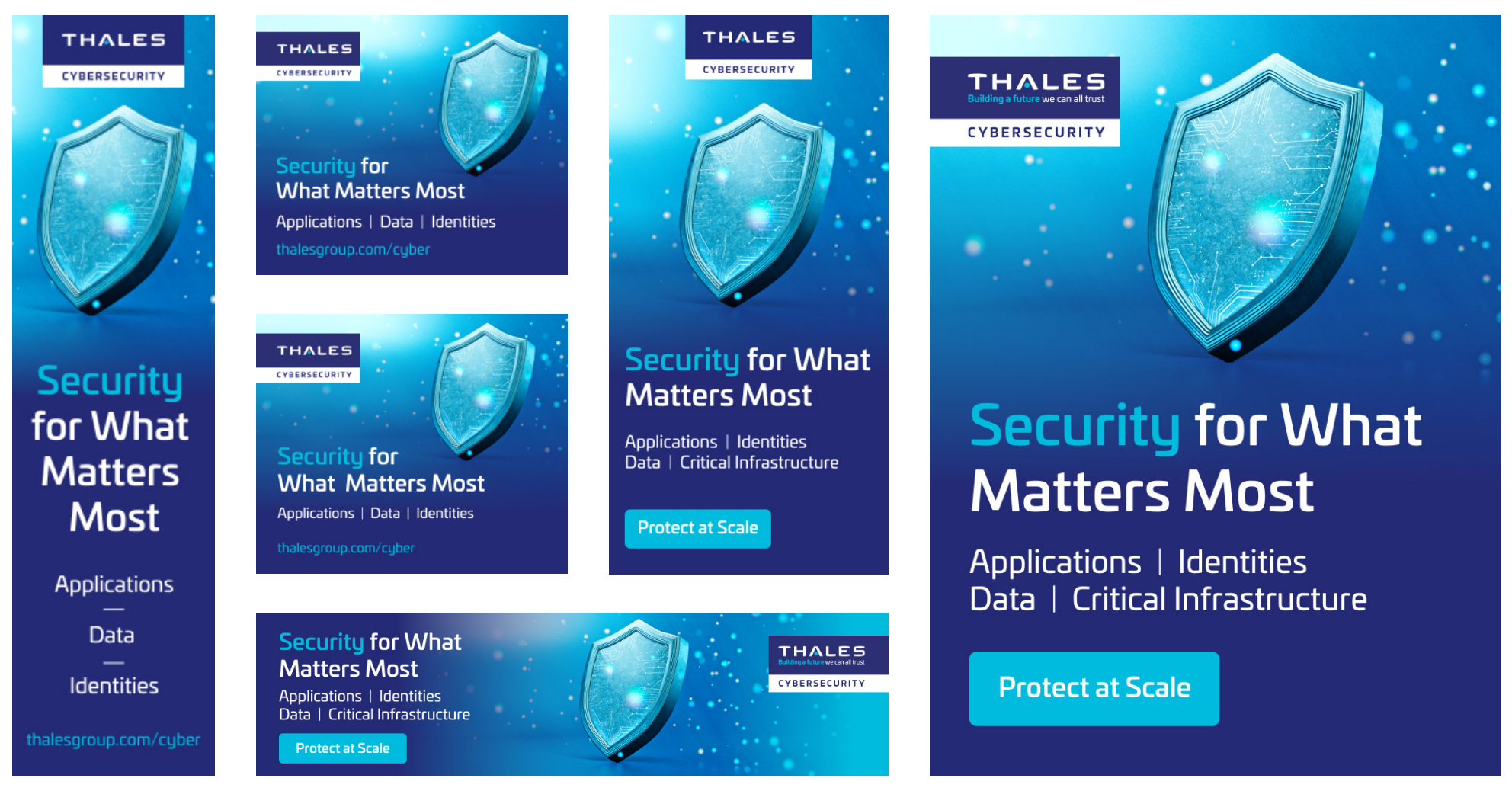
Lead Generation Tactics
Video CTAs
Create videos with embedded CTAs that appear at just the right time. Instead of gating the asset right away, you can gate the content after some values is shown, increasing trust. A bonus to this tactic – 91% of consumers want to see more videos from brands (the TikTok/Reels type of short form video content has become the preferred way to learn about brands).
Content Upgrades IN Blogs
Offer bonus content inline in your blog using click-triggered opt-ins. Your team can share the blog initially free of ask, but mid-way through the blog is an asset such as a “Free Checklist” where-in the reader needs to input their contact information in order to receive.
Offer Email-Only “Extras”
Position your newsletter or emails as the “ongoing value layer”. For example: “Liked this content? Get more updates we only send to subscribers”. The call-to-action comes after some piece of value has already been offered – in order for the audience to receive MORE, they will need to give us their information.
Gate the Convenience, Not the Content
This answers our Gated vs. Ungated question directly. Ungated content: Blogs, ebooks, videos.
Gated: Demos, case studies, calculators, product comparisons. The gated content should provide an added layer – something the audience can’t find for free by doing a simple google search.
Retargeting
Take the paid media campaigns you currently have running and create custom non-lead gen objective audiences ie. video viewers or brand awareness post engagers. Retarget the audience with gated content after they’ve already been exposed and introduced to your brand. After they’ve been warmed up, then you can ask for information.
Heat Mapping Landing Pages
Your web-team (or ours!) can conduct “heat mapping” on your landing pages. If your lead magnet is below the fold or in a cold zone, few will ever see it. Heat mapping can help identify where users are losing interest and your team can work to restructure the layout for optimal performance.
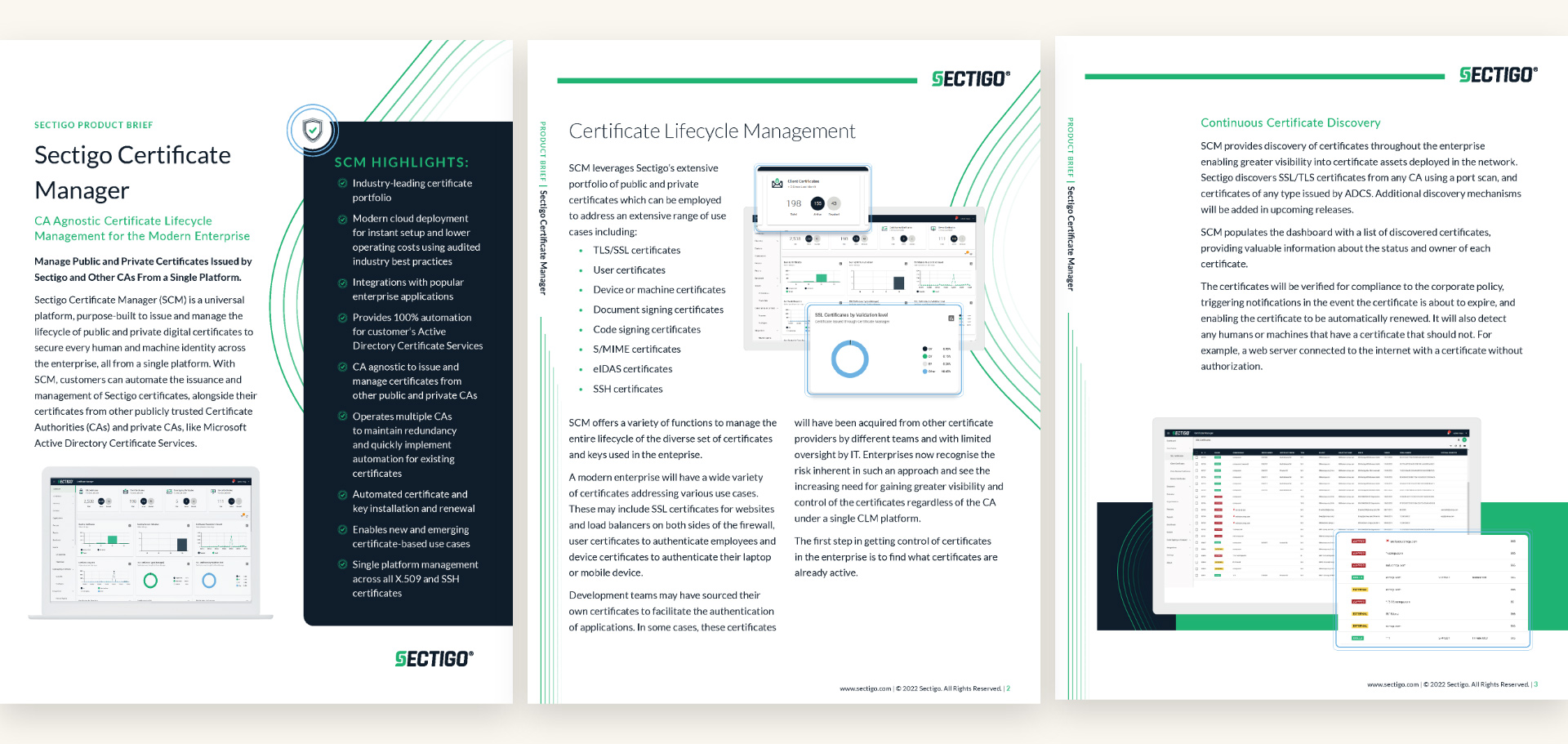
In Conclusion
One or all of these tactics can be used simultaneously to help strengthen your company’s lead generation results. If any of this sounds overwhelming or your team lacks the bandwidth to execute, Bluetext is here to help. Our paid media team is trained and tactical in all things lead generation – let’s get to work!
The world of search is evolving faster than ever. With Google rolling out its Search Generative Experience (SGE), AI is no longer just a tool behind the scenes—it’s now directly shaping how users find and consume information. For marketers, this shift presents both exciting opportunities and significant challenges. Traditional SEO tactics, once focused mainly on keywords and backlinks, are being supplemented—and sometimes disrupted—by AI-driven summaries that answer questions directly in search results.
Understanding how generative search works and how it affects organic visibility is now essential for anyone managing content or digital marketing. This guide explores SGE, its implications for SEO, and actionable strategies for marketers looking to stay ahead.
What is Google’s Search Generative Experience (SGE)?
Google’s Search Generative Experience is an AI-powered layer within search that generates concise, context-aware responses for user queries. Unlike traditional search, which relies solely on ranking web pages based on relevance, SGE synthesizes information from multiple sources, often providing users with immediate answers without requiring them to click through.
For example, instead of showing ten links for a “best project management tools” query, SGE may provide a summary comparing tools, highlighting pros and cons, and offering suggested next steps. The system also includes citations and suggested follow-up queries, giving users a more interactive search experience.
SGE is currently being rolled out across various markets and continues to expand, making it crucial for marketers to understand how AI-generated content impacts visibility, traffic patterns, and user behavior.
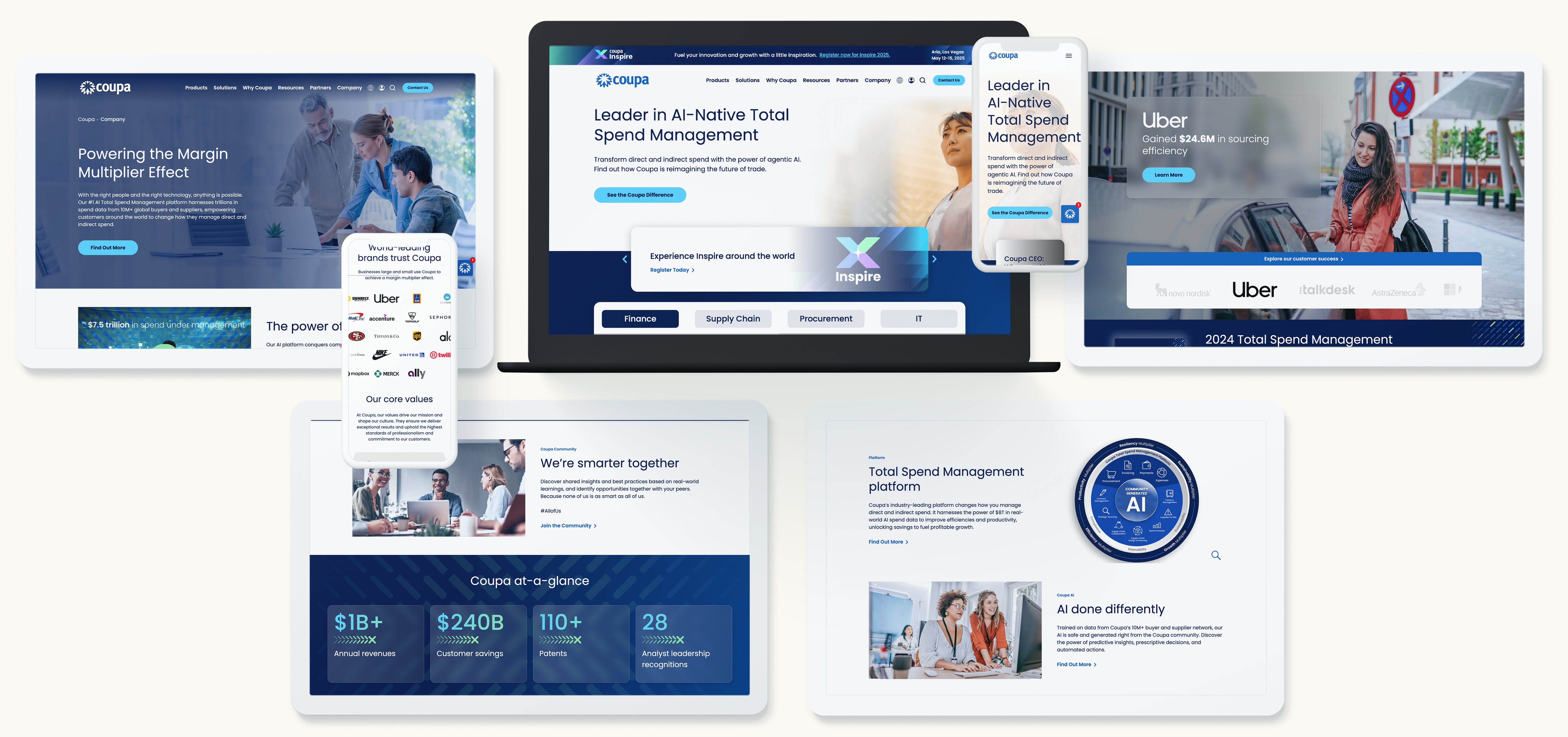
How Generative Search Changes SEO Fundamentals
The introduction of generative search alters the core principles of SEO in several ways:
- Shift from Keywords to Intent: Instead of optimizing purely for keywords, marketers must focus on answering questions thoroughly and accurately. SGE prioritizes content that provides clear, relevant, and contextually accurate information.
- Impact on Click-Through Rates: AI-generated summaries may reduce clicks to traditional web pages since users get answers directly in the search interface. This makes it critical to appear as a credible source within the summary itself.
- Authority and Trust Matter More: Generative search emphasizes authoritative content. Google favors content from sources with expertise, reliability, and trustworthiness, making brand reputation more important than ever.
- Structured Data is Essential: AI models rely on structured content to interpret context effectively. Proper use of schema markup can increase the likelihood your content is cited in AI-generated responses.
This evolution doesn’t make traditional SEO irrelevant—it changes the rules, requiring a deeper focus on content quality, authority, and AI-readability.
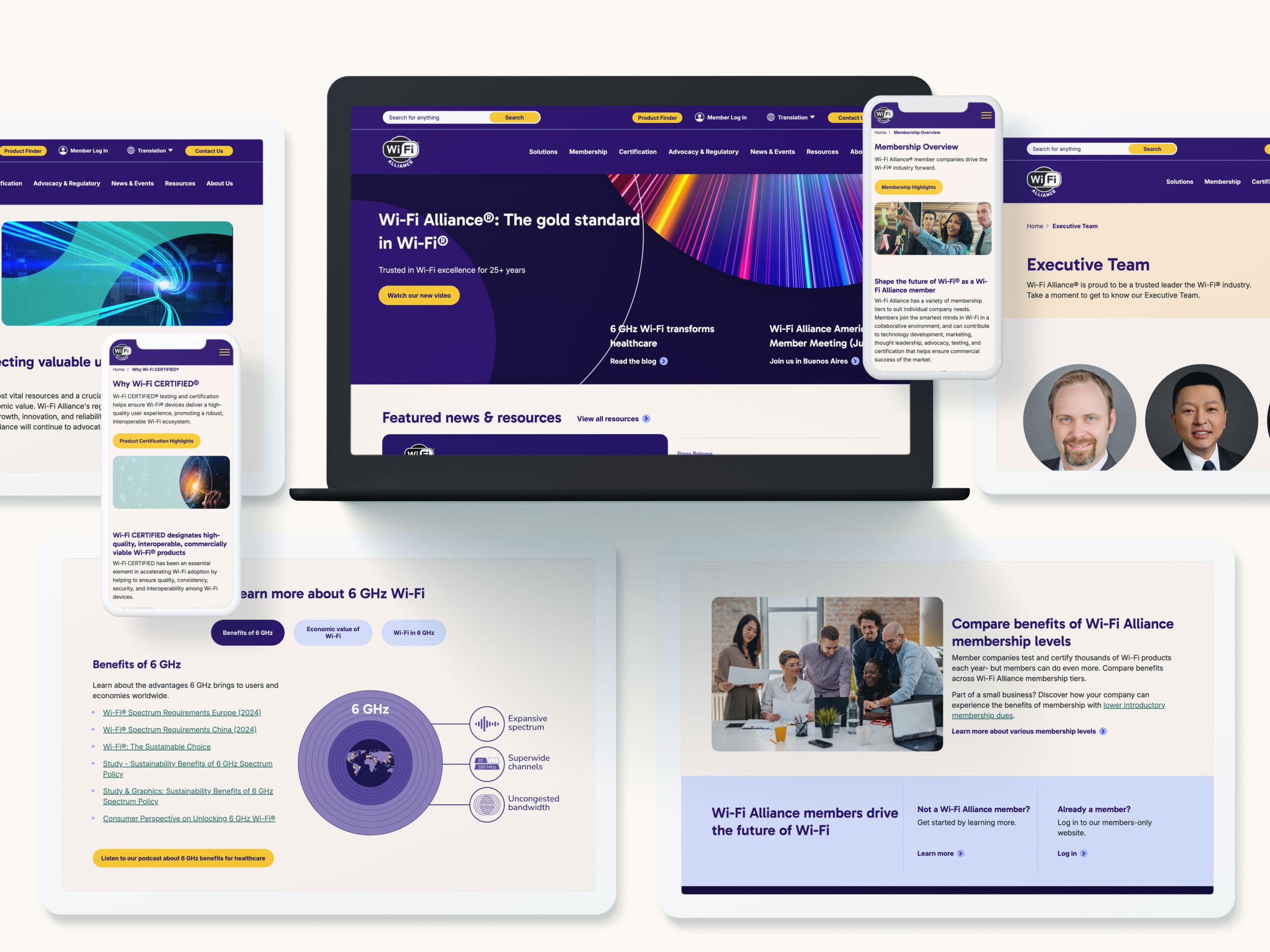
Adapting Your SEO Strategy for the SGE Era
Staying competitive in a generative search landscape requires updating your SEO strategy. Here are key approaches:
1. Prioritize Content Depth and Expertise
Short, surface-level content is less likely to be selected for AI-generated answers. Create comprehensive resources that thoroughly address topics, answer potential follow-up questions, and demonstrate expertise.
2. Optimize for Featured Snippets and Summaries
SGE relies heavily on structured summaries. Format content with clear headings, bullet points, tables, and concise paragraphs to make it easily digestible for AI models.
3. Invest in Structured Data and Schema
Use schema markup to signal to Google what your content is about, who authored it, and the type of information it contains. Properly structured content is more likely to be surfaced in generative summaries.
4. Focus on User Intent and Search Context
Understand the questions your audience is asking, not just the keywords they’re typing. Research intent, related queries, and problem-solving content to align with AI’s focus on context over keywords.
5. Monitor AI-Driven SERP Changes
Track how traffic and engagement shift as generative search expands. Regularly review which queries your content appears in, adjust messaging as needed, and update underperforming pages to maintain visibility.
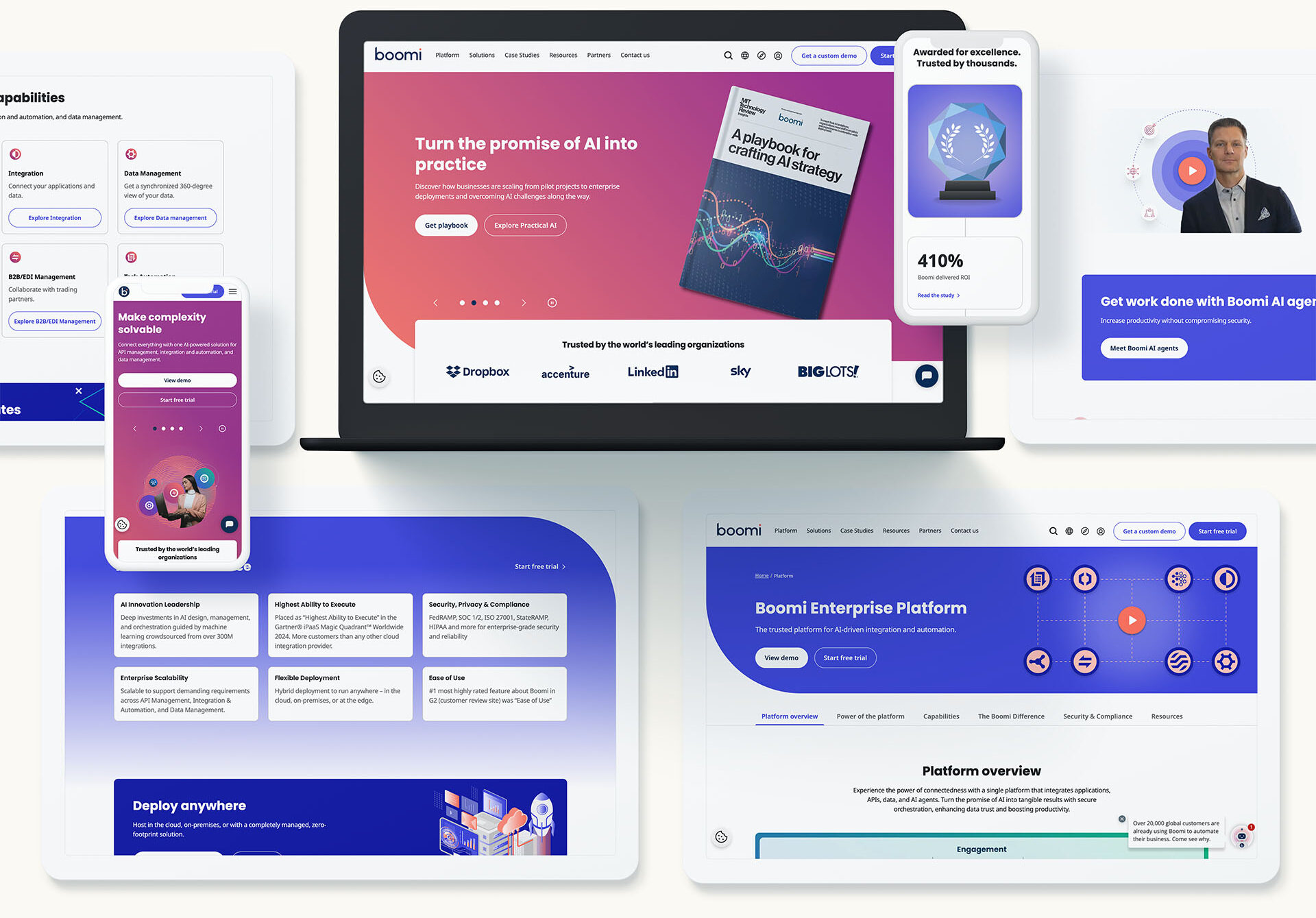
Challenges and Considerations
Adapting SEO for generative search comes with challenges:
- Attribution Difficulty: When users get answers directly from AI, measuring traffic impact becomes trickier. Brands must rethink metrics beyond traditional clicks.
- Balancing AI Optimization with Readability: Content optimized for AI models must remain engaging and accessible to human readers. Over-optimization can harm user experience and trust.
- Keeping Up with Algorithm Changes: Google’s AI models are constantly evolving. Marketers need flexible strategies and regular monitoring to maintain performance.
- Ensuring Accuracy and Authority: AI-generated summaries depend on trustworthy sources. Brands must prioritize accuracy, citations, and expertise to avoid being misrepresented.
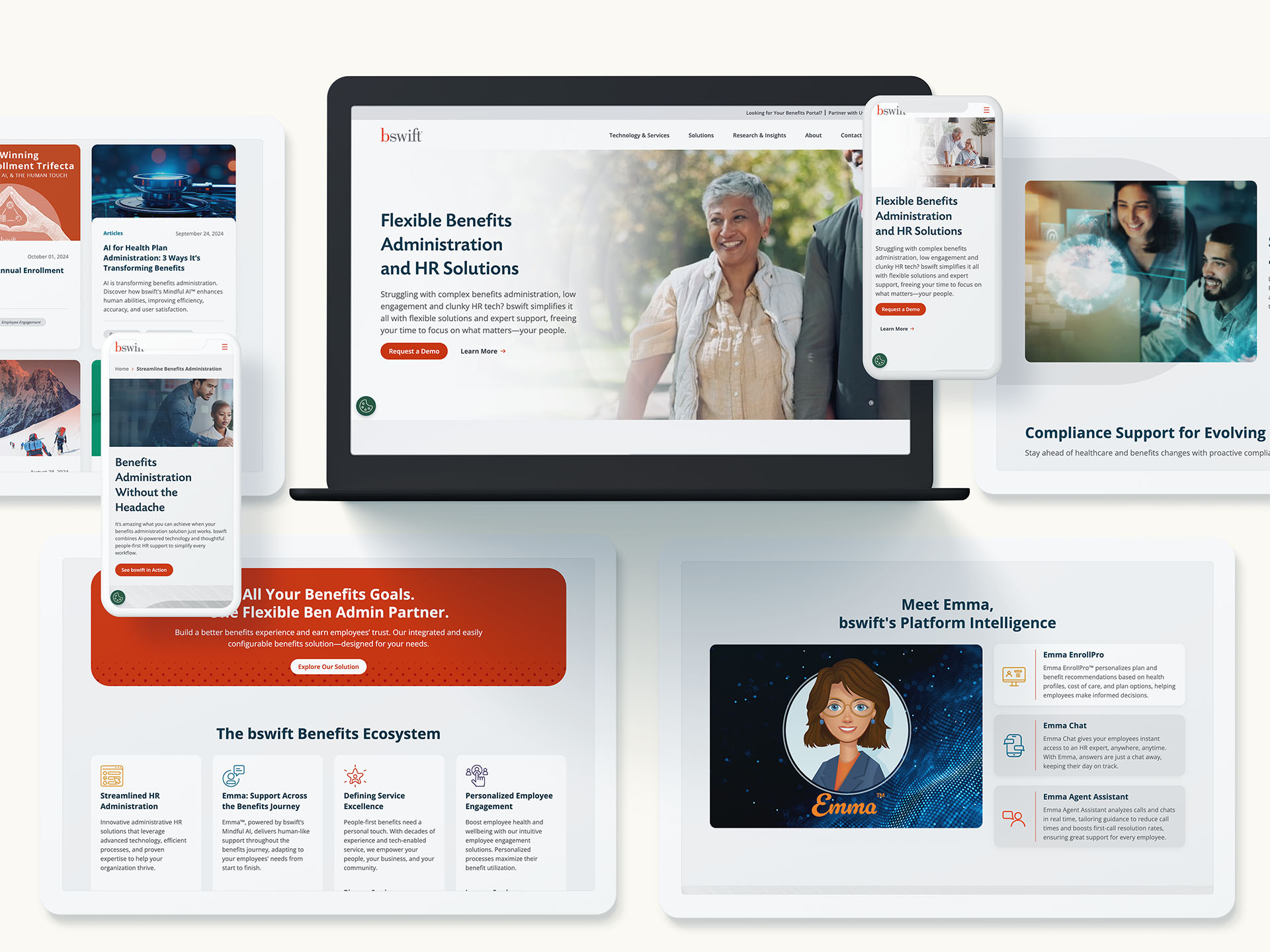
Actionable Takeaways
Generative search represents a fundamental shift in how information is discovered and consumed online. Marketers who adapt early by prioritizing authority, context, and structured content will gain an advantage.
Key takeaways:
- Focus on content depth and expertise.
- Optimize for summaries and structured data.
- Align content with user intent rather than just keywords.
- Monitor AI-driven SERPs and iterate strategies regularly.
The future of SEO is AI-driven, but combining traditional optimization with generative search strategies ensures your brand remains visible, credible, and authoritative.
In today’s data-driven world, marketers often focus on clicks, impressions, and leads as primary measures of success. But these top-of-funnel metrics only tell part of the story. What businesses truly need to understand is customer lifetime value (CLV)—the long-term worth of a customer over the entire lifecycle. By moving from short-term metrics to a full-funnel analytics framework, you can make smarter marketing decisions, allocate budgets more effectively, and drive sustainable growth.
Full-funnel analytics goes beyond surface-level engagement. It allows you to measure every touchpoint, optimize the customer journey, and ensure your marketing efforts are generating real revenue instead of just traffic.
Understanding the Full-Funnel Approach
A full-funnel analytics framework considers the complete journey a customer takes, from first interaction to repeat purchases and advocacy. The funnel typically includes:
- Awareness – When potential customers first learn about your brand.
- Consideration – When prospects evaluate your solution against competitors.
- Conversion – When leads become paying customers.
- Retention – Ensuring customers continue to engage and buy.
- Advocacy – When satisfied customers refer others, creating a multiplier effect.
Focusing only on clicks and leads ignores the later stages of the funnel, where real revenue is generated. By tracking the entire journey, you gain visibility into which campaigns and channels drive high-value, long-term customers.
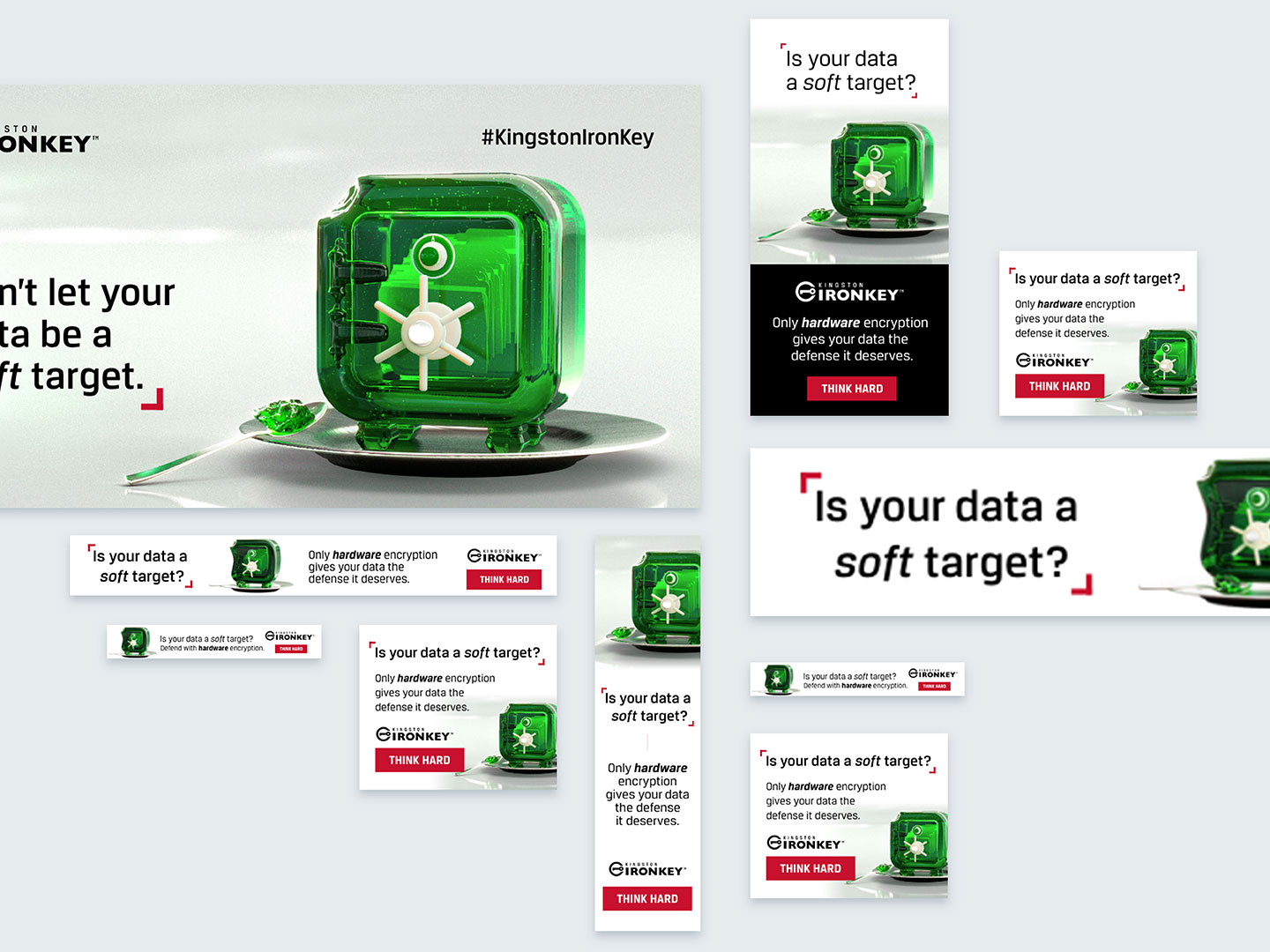
From Clicks to Customers: Mapping Metrics Across the Funnel
To build a full-funnel analytics framework, you need to measure the right metrics at each stage:
- Top-of-Funnel Metrics: Impressions, click-through rates (CTR), website visits, and social engagement. These indicate awareness but don’t guarantee revenue.
- Mid-Funnel Metrics: Marketing Qualified Leads (MQLs), Sales Qualified Leads (SQLs), demo requests, and email engagement. These show consideration and interest.
- Bottom-of-Funnel Metrics: Conversion rates, average deal size, and revenue per acquisition. These metrics reflect true sales performance.
- Retention Metrics: Repeat purchase rate, churn rate, customer engagement scores, and CLV. These reveal the long-term profitability of each customer.
By tracking metrics across the funnel, you can identify drop-off points, optimize campaigns, and ensure your marketing drives measurable business outcomes.
Calculating Customer Lifetime Value (CLV)
Understanding CLV is essential to a full-funnel strategy. CLV estimates the total revenue a customer will generate during their relationship with your business. Here’s a simple approach:
- Average Purchase Value – Total revenue divided by the number of purchases.
- Average Purchase Frequency – How often a typical customer buys.
- Customer Lifespan – Average length of the customer relationship.
- CLV – Multiply the three numbers to estimate lifetime value.
More advanced methods include cohort analysis, predictive modeling, and segment-based CLV. By tracking CLV, you can prioritize high-value customers, optimize campaigns, and improve marketing ROI over the long term.
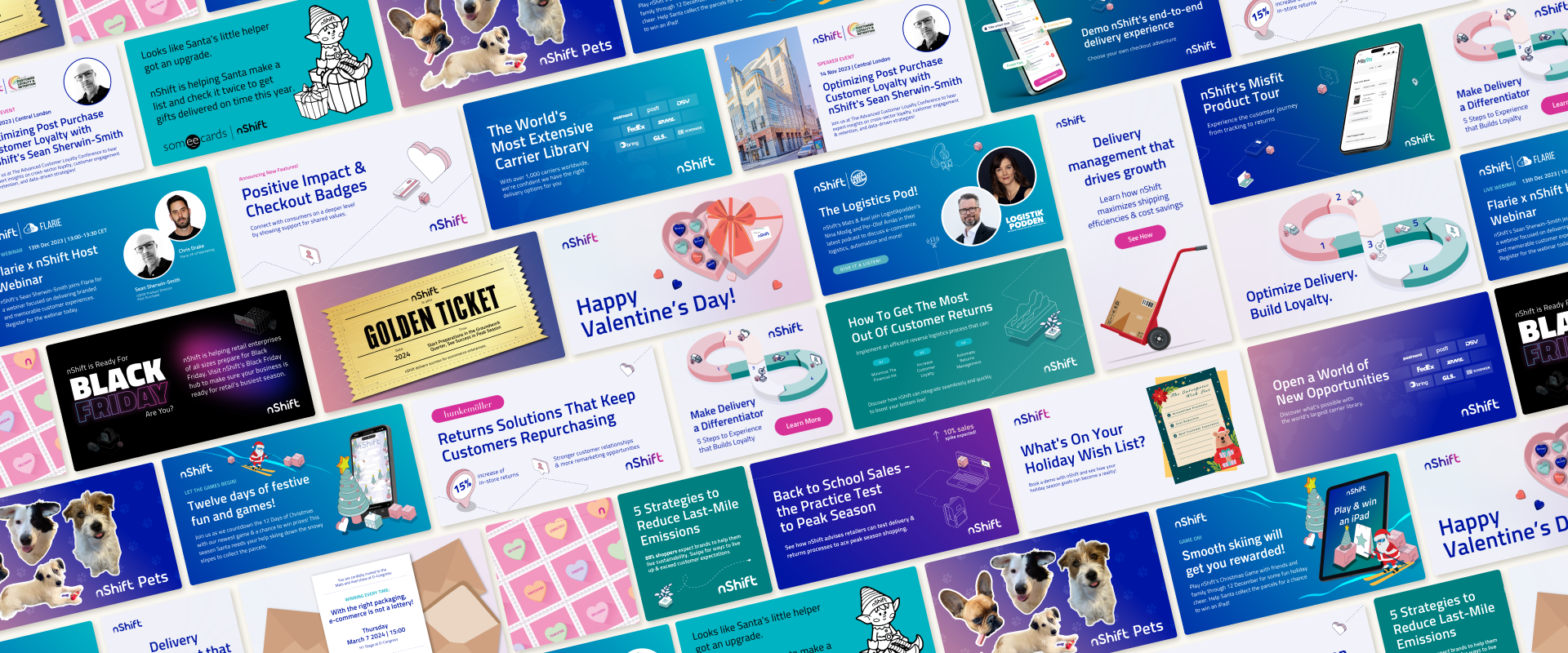
Integrating CLV Into Marketing Strategy
Once you know your CLV, it can inform every marketing decision:
- Allocate budget to campaigns that attract high-value customers.
- Optimize cross-channel efforts to increase retention and repeat purchases.
- Align sales and marketing teams around a shared definition of success.
- Use automation tools to deliver personalized experiences that maximize CLV.
When you prioritize long-term value over short-term wins, every marketing dollar works harder and smarter.
Common Challenges and Best Practices
Building a full-funnel analytics framework isn’t without hurdles. Common challenges include:
- Data silos – Different teams or platforms may track metrics inconsistently.
- Tracking across multiple channels – Customers interact with your brand in many ways, making it hard to unify data.
- Misaligned goals – Sales and marketing may prioritize different metrics, creating friction.
Best practices to overcome these challenges include:
- Implement unified dashboards to consolidate data.
- Define consistent KPIs and metric definitions across teams.
- Regularly audit and refine your analytics framework to maintain accuracy.
With the right approach, these challenges become opportunities to create a data-driven marketing strategy that maximizes CLV.
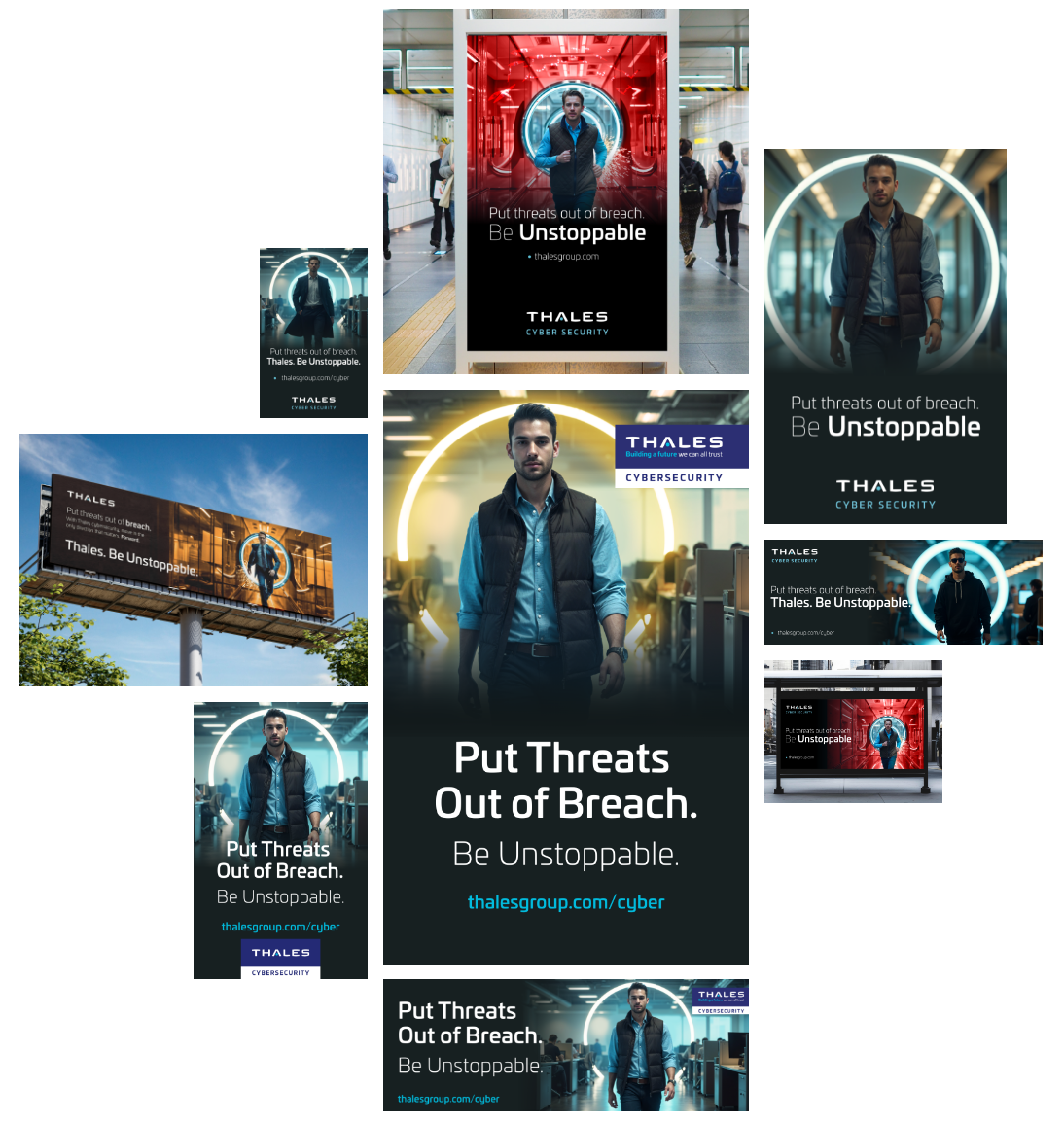
Turning Clicks into Lasting Customer Value
Moving from clicks to customer lifetime value is critical for sustainable business growth. A full-funnel analytics framework allows you to measure the true impact of your marketing efforts across the entire customer journey. By tracking the right metrics, calculating CLV, and integrating insights into your strategy, you can make smarter decisions, optimize budgets, and drive long-term success.
Ready to build a full-funnel framework that turns leads into loyal customers? Contact Bluetext today to start maximizing your marketing ROI.
Your brand is your organization’s most visible asset. It tells your audience who you are, what you stand for, and why they should care. But over time, even strong brands can feel stale, misaligned, or out of step with the market. The question for many leaders becomes: is it time to completely rebrand, or could a strategic refresh keep your identity current without losing equity? In this post, we’ll explore how to identify whether your brand needs a full reinvention, a refresh, or just some fine-tuning—and when resisting a change is actually the smarter move.
Understanding the Difference: Refresh vs. Rebrand
Before making any major moves, it’s critical to understand the distinction between a brand refresh and a full rebrand. A brand refresh updates visual elements like your logo, typography, or color palette, and may refine messaging, all while maintaining the essence of your current identity. Think of it as giving your brand a facelift rather than starting from scratch.
A full rebrand, on the other hand, is a complete transformation of how your organization is perceived. This might involve redefining your audience, repositioning your mission, or even changing your company name. Brands like Meta, which evolved from Facebook, illustrate how a rebrand can signal a fundamental shift in purpose and market perception.
Quick Tip: Ask yourself, “Do we need to be recognized differently by the world, or do we just need a fresh look?” This question is often the clearest indicator of the path forward.

Signs It’s Time to Rebrand
Knowing when to rebrand is critical. Here are key signals that your organization might need more than a simple refresh:
- Your mission or audience has shifted. If your company’s offerings, goals, or target audience have evolved significantly, your brand may no longer align with reality.
- Your visual identity feels outdated. Dated logos, inconsistent typography, or cluttered messaging can make your brand feel out of touch.
- Competitors have overtaken your relevance. When rivals consistently appear fresher or more aligned with market trends, your brand risks losing credibility.
- Market confusion or negative associations exist. If people misunderstand your purpose or associate your brand with outdated perceptions, it’s time for a change.
- Organizational changes have occurred. Mergers, acquisitions, or leadership shifts often necessitate a rebrand to reflect a unified identity.
Brands that recognize these signs early often gain a competitive edge by reasserting their relevance and strengthening market position.
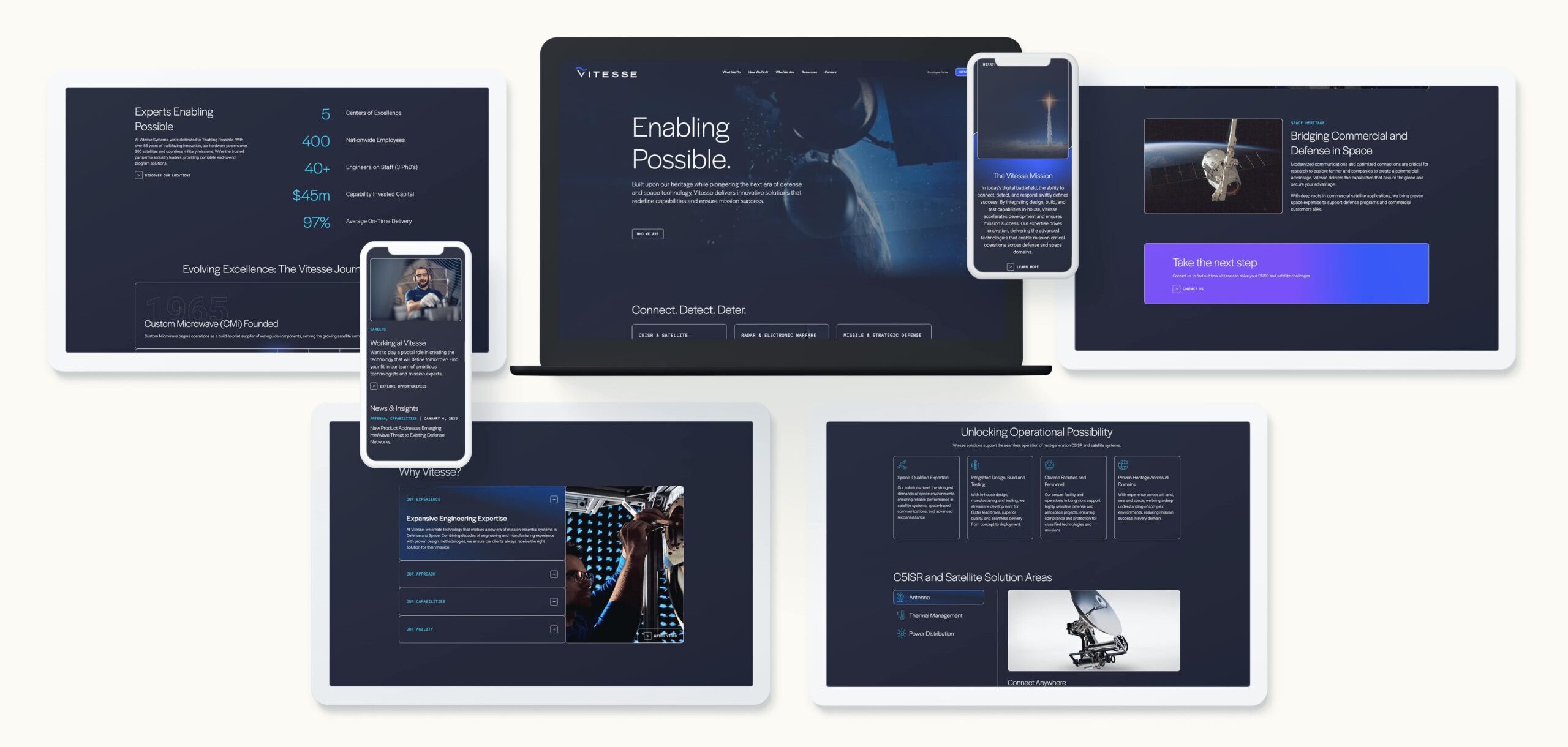
When to Resist: Why Rebranding Isn’t Always the Answer
Rebranding carries risks—lost recognition, confused audiences, and wasted resources—so it’s just as important to know when to resist. Here’s when staying the course makes sense:
- Your challenges are operational, not perceptual. Issues like slow delivery or product quality won’t be solved with a new logo.
- You’re chasing trends. Rebranding because of a short-term fad can backfire, leaving your brand less credible.
- Customer resonance remains strong. If your audience still connects with your brand emotionally and functionally, wholesale changes may do more harm than good.
- Brand equity is high. Established recognition and loyalty are valuable; losing them unnecessarily can undermine long-term growth.
Remember: Not every outdated look or minor market shift warrants a full rebrand. Often, subtle, strategic adjustments can preserve equity while modernizing your presence.
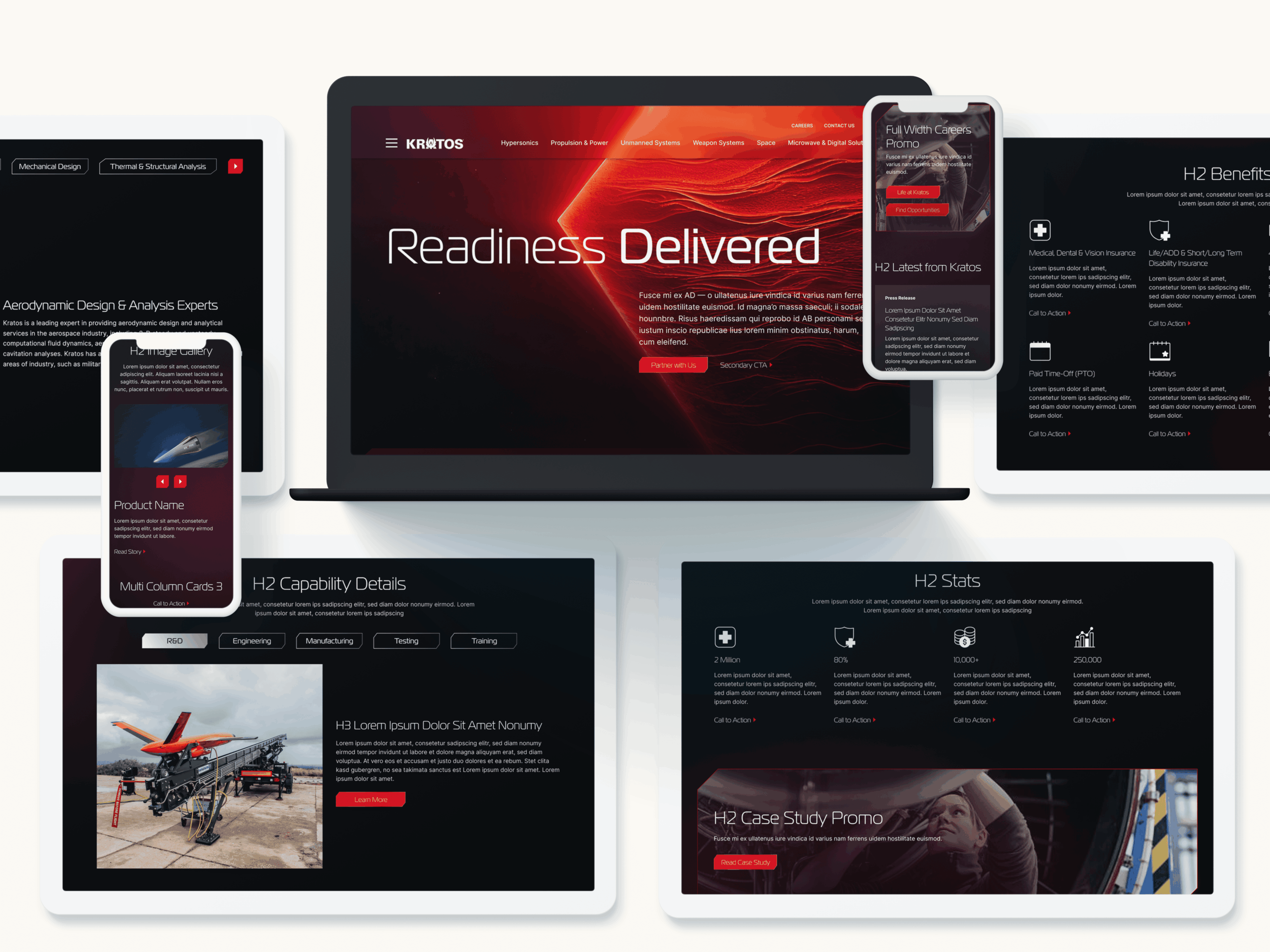
The Middle Ground: Executing a Strategic Refresh
Sometimes the best approach is a brand refresh, which allows you to modernize your identity without discarding everything that works. This could include updating typography, refining your messaging, improving photography or visuals, and enhancing consistency across digital channels.
A refresh is particularly useful when your brand is fundamentally strong but needs tweaks to stay contemporary. Bluetext’s approach emphasizes research and audience insight before design, ensuring that updates feel purposeful and aligned with your business objectives.
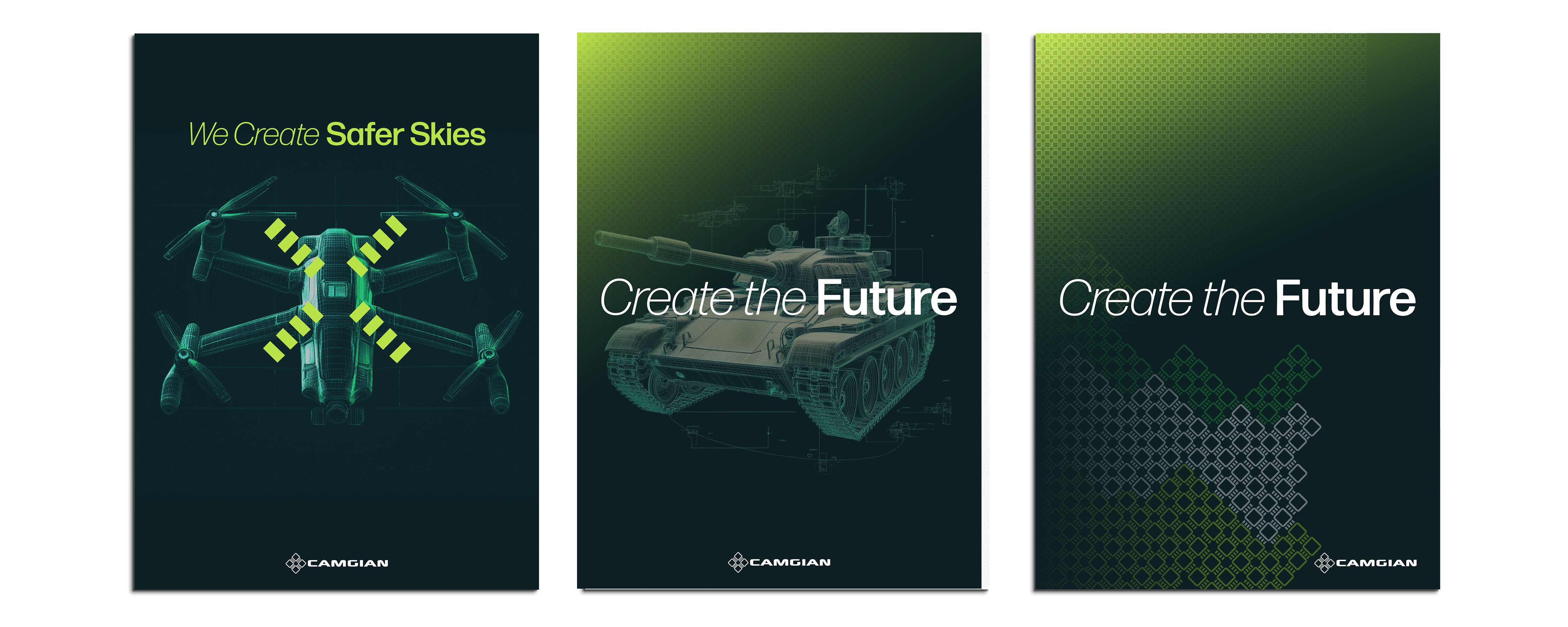
Questions to Ask Before You Rebrand
Before committing to a rebrand, consider these strategic questions:
- Does our brand accurately reflect our mission and values?
- Are our audiences today the same as when we last branded?
- Are we struggling with perception or performance?
- Will a rebrand solve our core challenges or just distract from them?
- What does success look like post-rebrand?
These reflective questions can help you avoid unnecessary changes and guide a more intentional brand strategy.
How Bluetext Helps Brands Make the Right Move
At Bluetext, we specialize in helping organizations evaluate brand health and determine the best path forward. Whether it’s a full rebrand, a strategic refresh, or reinforcing existing brand equity, our team combines research, creative strategy, and design expertise to ensure your brand evolves thoughtfully and effectively.
Through workshops, audits, and execution strategies, Bluetext partners with clients to ensure every change—big or small—strengthens recognition, relevance, and trust.
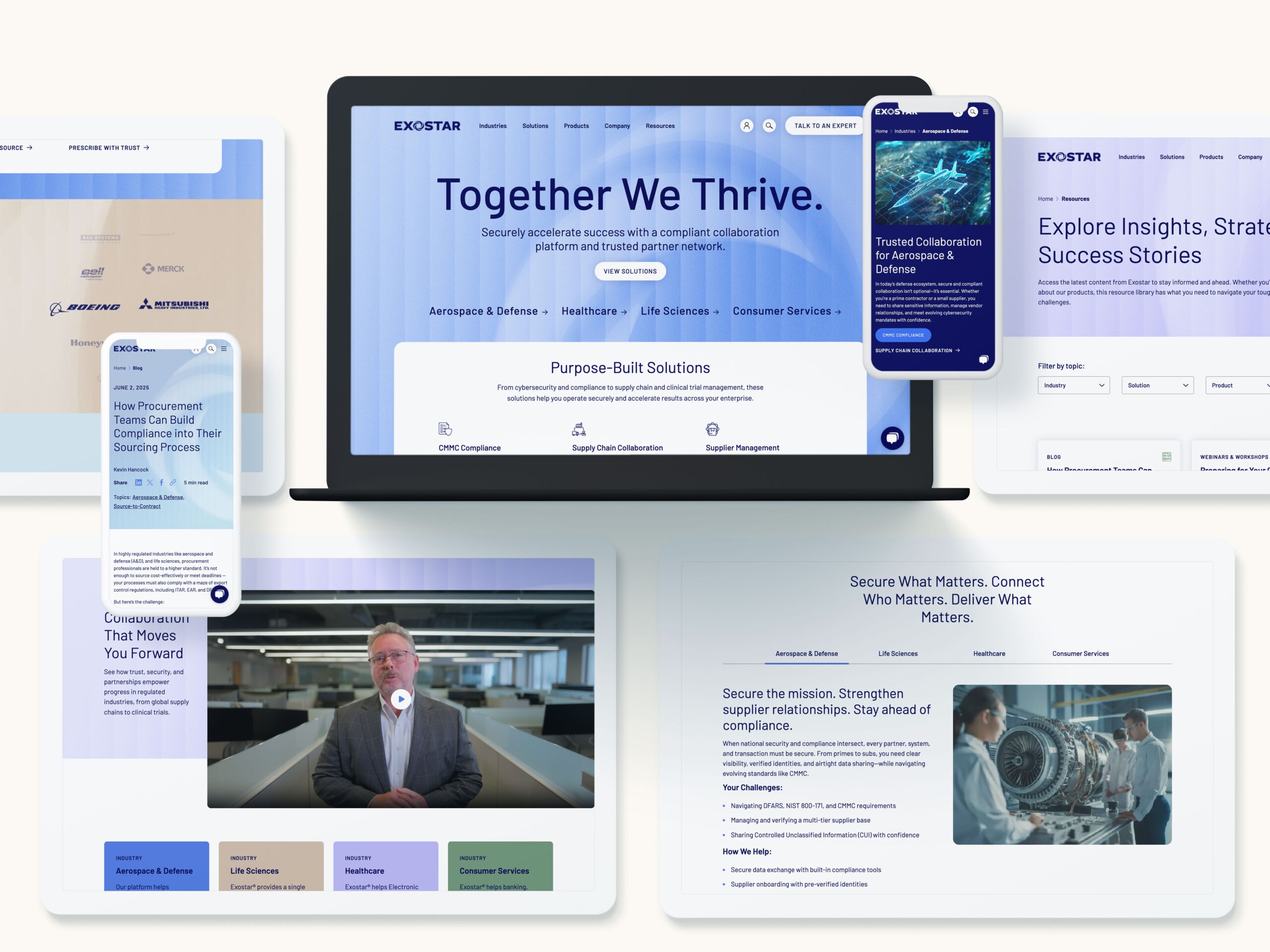
Moving Forward: Refresh, Rebrand, or Reinforce
Brand evolution doesn’t have to be an all-or-nothing decision. By carefully analyzing alignment, audience perception, and market relevance, you can determine whether a refresh, rebrand, or reinforcement is right for your organization. Sometimes subtle improvements are enough to modernize your presence, while other situations call for bold transformation. The key is making informed, strategic choices rather than reactive ones.
If you’re uncertain whether your brand needs a full rebrand or just a refresh, Bluetext can help assess your brand health and guide your evolution with clarity and confidence.
When marketing to federal agencies, many contractors make the same mistake: focusing on technical specifications or internal org structures rather than what truly matters to their audience. Federal decision-makers are measured by how well they deliver on their mission objectives—protecting national security, providing healthcare, modernizing IT, or improving citizen services.
That’s why the most effective federal marketing strategies don’t lead with features or job titles. They connect directly to the mission outcomes that agencies care about most.
Why Mission-Driven Messaging Matters in Federal Marketing
Every agency has a clear purpose. For the Department of Defense, it’s national security. For the Department of Veterans Affairs, it’s serving veterans. For the Department of Education, it’s supporting students.
When you align your messaging with these objectives, you:
- Demonstrate understanding of the agency’s priorities.
- Build credibility by showing you’re mission-focused, not just product-driven.
- Differentiate your brand from competitors who rely on technical jargon.
In short: agencies don’t buy cloud migration—they buy faster delivery of critical services. They don’t buy cybersecurity—they buy assurance that sensitive data and systems are protected.
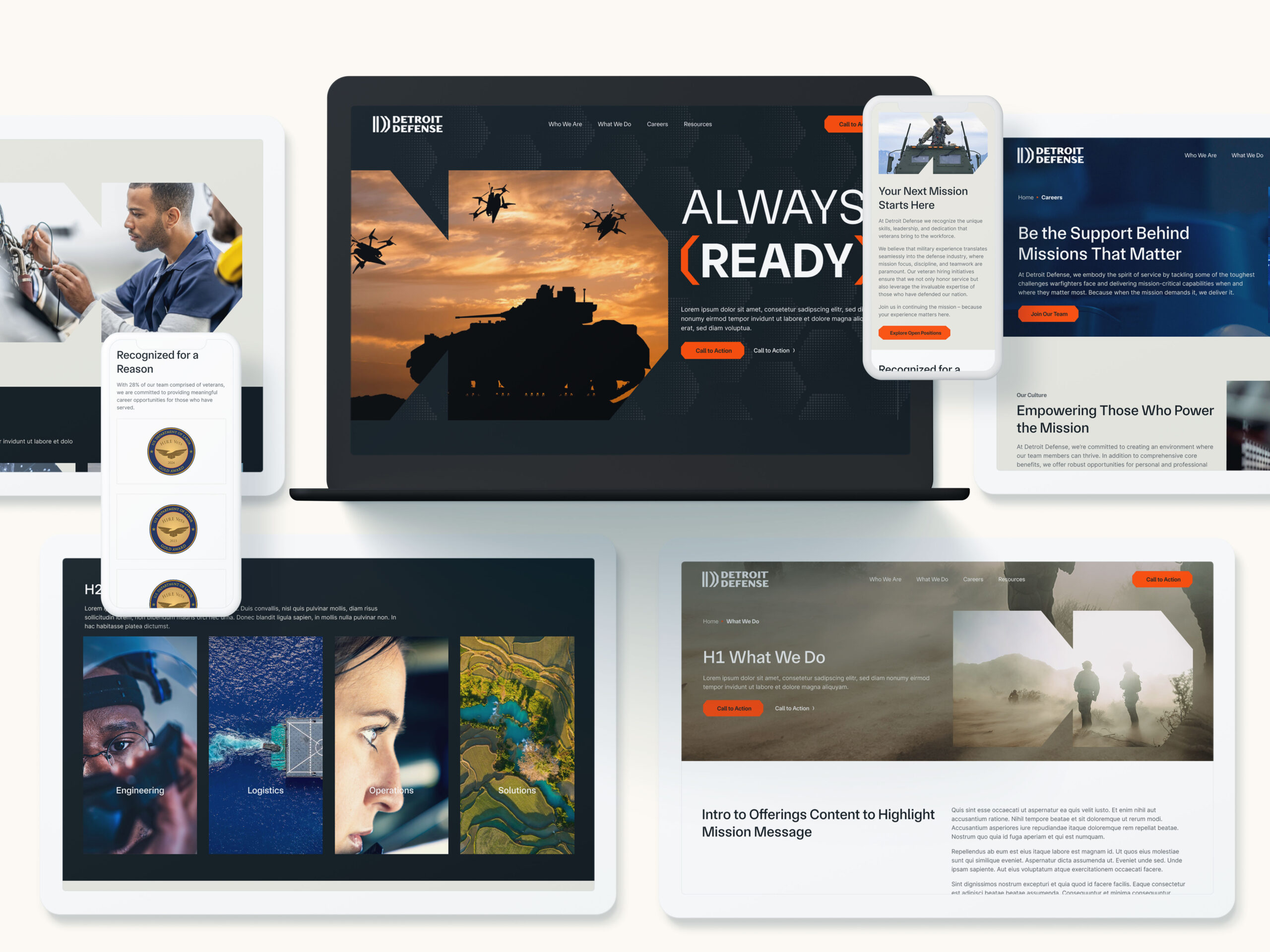
Common Pitfall: Marketing to the Org Chart
Too often, GovCon marketing defaults to:
- Calling out specific divisions or job titles
- Leading with technical specs and configurations
- Positioning solutions around internal processes instead of external outcomes
This can feel disconnected because agency buyers don’t measure success based on whether a contractor understands their org chart—they measure success based on mission progress. Marketing that doesn’t connect to that bigger picture risks being ignored.
The Power of Framing Around Mission Objectives
Federal audiences are motivated by the impact of their work. When your messaging ties solutions directly to those impacts, it resonates.
- Cybersecurity solutions → safeguarding national security, protecting citizens’ data.
- Cloud migration services → enabling faster and more reliable delivery of public services.
- AI-driven analytics → accelerating decision-making in defense and intelligence missions.
- Logistics technology → ensuring that critical resources reach warfighters and citizens in need.
By reframing features into outcomes, you speak the language that decision-makers value most: mission success.
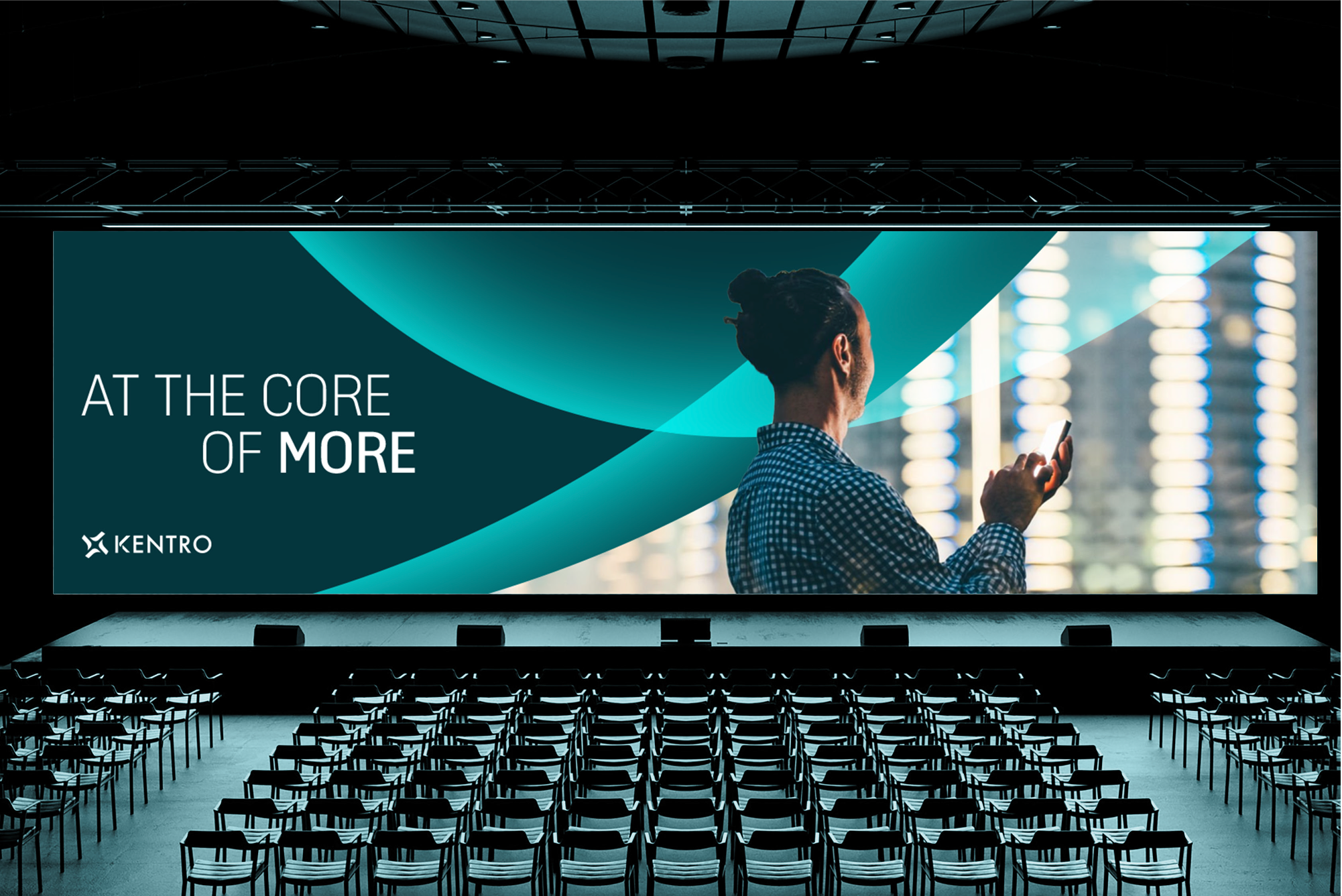
Strategies for Crafting Mission-Focused Messaging
So how can marketers shift from product-centric to mission-centric messaging?
- Research agency priorities
- Review budgets, strategic plans, and congressional testimony.
- Pay attention to speeches and press releases from agency leadership.
- Translate features into outcomes
- Instead of “99.99% uptime,” say “ensures uninterrupted access to critical services.”
- Instead of “advanced AI algorithms,” say “accelerates threat detection to protect national security.”
- Use agency language
- Mirror the terms used in agency strategy documents to build familiarity and trust.
- Tell mission stories
- Share case studies and examples of how your solution has directly advanced agency objectives.
Questions to Guide Your Messaging
- What problem does this agency exist to solve?
- How does our solution accelerate mission delivery?
- What risks does it reduce or eliminate?
- How can we express this benefit in the agency’s own language?
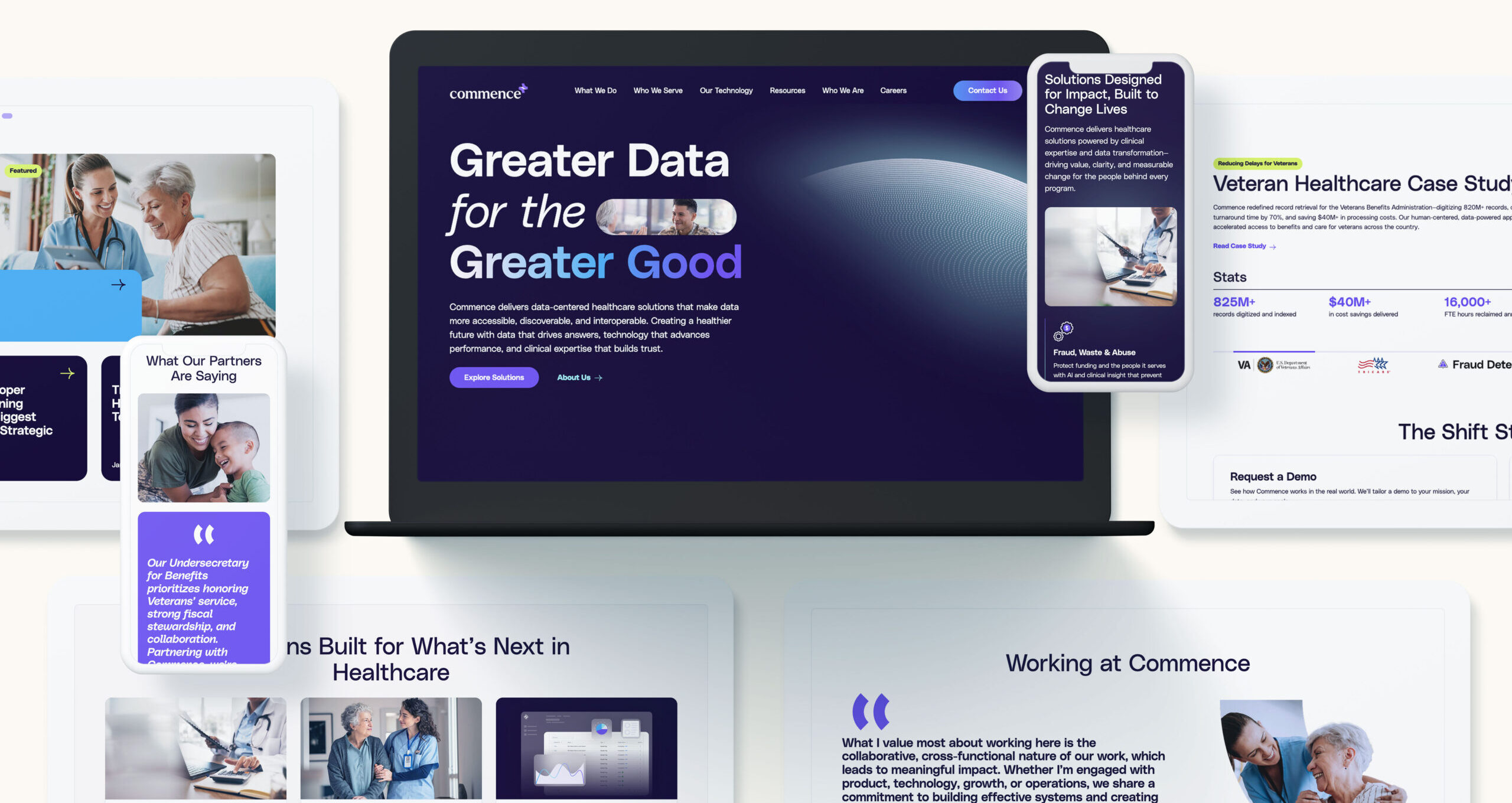
Bringing Mission-Centric Marketing Into Practice
Turning this principle into practice requires alignment across teams:
- Workshopping messaging with business development, technical experts, and marketing to ensure solutions are framed in terms of mission outcomes.
- Embedding mission alignment into proposals, websites, campaigns, and thought leadership content.
- Measuring impact by tracking how mission-driven messaging affects engagement, win rates, and agency perception.
When mission is at the center, marketing becomes a tool not just for promotion, but for building trust and relevance with federal audiences.
Elevating Federal Marketing Through Mission-First Messaging
Federal buyers want partners who understand their mission. By focusing on outcomes instead of specs—and by marketing to the mission, not the org chart—you show agencies that you’re invested in their success.
This shift not only makes your marketing more effective, it positions your brand as a true mission partner.
Looking to sharpen your federal marketing strategy? Contact Bluetext to craft mission-driven messaging that resonates with government audiences.
Answer Engine Optimization (AEO) is no longer just a buzzword—it’s a crucial strategy for companies looking to thrive in the age of AI-driven search. With conversational AI tools like ChatGPT, Microsoft Bing Chat, and other generative models transforming how users seek and receive information, optimizing for AEO means adapting your digital content to be AI-friendly, context-rich, and semantically meaningful.
Why Traditional SEO Isn’t Enough in the AI Era
Traditional SEO techniques focus largely on keyword rankings, backlinks, and technical site health to improve visibility on standard search engines. While these remain important, generative AI engines evaluate content differently. They emphasize:
- Contextual relevance over keyword density.
- Clear, authoritative answers over content volume.
- User intent understanding rather than just query matching.
This shift means marketers need to rethink how they create and structure content for better performance in AI-powered search results.
Advanced AEO Strategies for Marketers
1. Optimize Content for AI “Answer Engines”
AI engines generate responses based on data patterns and context. Provide clear, concise answers within your content, especially near the beginning of pages or sections. Think like a helpful AI assistant—what’s the best way to deliver your key message in one or two sentences?
2. Implement Rich Data Integration
Supplement your content with structured data, knowledge graphs, and linked data. This allows AI to connect the dots between concepts and entities, enhancing your content’s discoverability and trustworthiness.
3. Focus on User Intent with Conversational Content
Map out your audience’s common questions and conversational queries. Develop content that anticipates follow-up questions and provides layered information to satisfy deeper exploration.
4. Enhance Content with Multimedia and Interactive Elements
Generative engines often pull from diverse content types. Include images with descriptive alt text, videos with transcripts, and interactive tools that provide additional context or personalized information.
5. Maintain Content Freshness and Authority
AI models favor up-to-date information. Regularly update your content to reflect new data, trends, or insights. Also, build author authority by linking to credible sources and showcasing expert authorship.
6. Leverage AI Tools to Audit and Improve AEO Readiness
Use emerging AI tools to analyze your content’s effectiveness for generative engines. Tools can help you identify gaps in context, relevance, and structure, guiding optimization efforts.
Common Pitfalls to Avoid in AEO Optimization
- Overloading content with keywords—AI values natural language, not keyword stuffing.
- Neglecting schema markup—structured data is critical for AI comprehension.
- Ignoring user experience—slow load times and confusing layouts reduce content’s value.
- Publishing vague or generic content—AI favors specificity and clarity.
Measuring Success in AEO
Tracking AEO performance requires a new set of metrics:
- Visibility in AI-powered answer boxes and chat responses.
- Engagement with conversational AI interfaces.
- Direct traffic from voice and AI assistant queries.
- Improved brand mention and citation in AI-generated content.
Combine these with traditional SEO KPIs for a comprehensive view of your digital presence.
Getting Started with AEO: Practical Steps for Your Company
- Conduct a content audit focusing on clarity, structure, and relevance for AI.
- Add or improve schema markup across your site.
- Develop a knowledge base or FAQ section optimized for conversational queries.
- Train your content team on writing for AI comprehension.
- Experiment with AI tools to refine your AEO strategy continually.
The Future is AEO — Are You Ready?
Answer Engine Optimization is transforming how companies compete in search and content discovery. By mastering advanced AEO strategies, you can ensure your brand stands out in AI-driven conversations and captures new audiences where traditional SEO alone falls short.
At Bluetext, we help forward-thinking companies navigate this new frontier with tailored AEO strategies that integrate seamlessly with existing marketing efforts. Ready to elevate your AI search presence? Get in touch with Bluetext today.
As artificial intelligence (AI) continues to revolutionize the digital landscape, a new form of optimization has emerged—Answer Engine Optimization (AEO). Unlike traditional Search Engine Optimization (SEO), which focuses on improving website rankings on keyword-based search engines like Google, AEO targets optimization for AI-powered generative engines such as ChatGPT, Bing Chat, and other conversational AI systems.
Generative engines generate responses, summaries, and content dynamically, relying heavily on the context and quality of the underlying data. AEO is about tailoring your digital assets—websites, content, and metadata—to be more accessible, relevant, and valuable for these AI models. This new form of optimization is critical as more users turn to AI assistants for answers rather than traditional search results.
How AEO Differs from Traditional SEO
Traditional SEO:
- Focuses on keywords, backlinks, site structure, and user experience to improve rankings on search engines.
- Relies on crawlers and indexing mechanisms to understand and rank static content.
- Users typically scan a page or click through links to find answers.
Answer Engine Optimization (AEO):
- Focuses on the context, clarity, and structured data that AI models use to generate natural language responses.
- Requires content designed for AI comprehension, including well-structured, authoritative, and factual information.
- Encourages semantic richness and integration of data sources that feed generative models.
- Often involves optimizing for “featured snippet” style answers and conversational formats.
Why AEO Matters for Companies
With generative AI becoming a primary way people seek information, companies that fail to optimize for AEO risk losing visibility in these new AI-powered interfaces. AEO can help brands:
- Gain visibility in AI chat results and voice assistants.
- Improve content discoverability in conversational search contexts.
- Build brand authority in emerging AI ecosystems.
- Capture new leads and customers by providing precise, AI-friendly answers.
Top Tips to Optimize Your Company for AEO
1. Create Clear, Structured, and Concise Content
Generative engines prefer content that is easy to parse and understand. Use headings, bullet points, and numbered lists to break down complex topics clearly.
2. Incorporate Semantic Keywords and Natural Language
Instead of focusing solely on exact-match keywords, integrate related terms and natural conversational phrases to align with how people ask questions verbally.
3. Leverage FAQs and Q&A Sections
Frequently asked questions and their answers help AI models quickly extract relevant information, increasing chances of being cited in generative responses.
4. Use Schema Markup and Structured Data
Enhance your content with schema.org markup to provide explicit metadata about your business, products, services, and articles, improving AI comprehension.
5. Publish Authoritative and Trustworthy Content
AI engines prioritize high-quality, fact-checked, and trustworthy content. Make sure your content is well-researched, cites credible sources, and is regularly updated.
6. Optimize for Voice Search and Conversational Queries
Many generative engines power voice assistants. Write content that answers questions naturally and succinctly to capture voice-based queries.
7. Monitor and Adapt to AI Algorithm Updates
Stay informed about changes in generative AI technology and adapt your content strategies accordingly. AEO is an evolving field, so flexibility is key.
AEO vs. SEO: Should You Shift Your Focus?
While AEO is gaining traction, it does not replace SEO—it complements it. Companies should continue strong SEO practices while gradually integrating AEO strategies to future-proof their digital presence. The synergy between traditional SEO and AEO will ensure you reach audiences across all search and AI platforms.
Embrace AEO to Stay Ahead in the AI Search Era
Answer Engine Optimization (AEO) represents the next frontier of digital marketing in a world increasingly influenced by AI-driven search and content generation. By understanding AEO and implementing these optimization tips, companies can enhance their visibility, credibility, and engagement with users in this rapidly evolving ecosystem.
If you’re ready to optimize your content for the future of AI search and generative engines, contact Bluetext today. We specialize in helping companies navigate new digital frontiers with smart, data-driven marketing strategies.
In the high-stakes world of defense contracting, great capabilities often go unnoticed—not because they underperform, but because they aren’t on the right radar. Winning business inside the Department of Defense (DoD) doesn’t start with a contract vehicle or an RFP. It starts with a strategy. To get your tech, tools, or team in front of DoD decision-makers, you must first understand the unique buyer journey within the Pentagon and the creative marketing tactics that cut through complexity, compliance, and competition.
Here’s how to win the mission—before it’s even assigned.
Understanding the DoD Buyer Journey
Marketing to the Department of Defense means navigating a buyer journey unlike any in the commercial world. Instead of a centralized decision-maker, you’re targeting an ecosystem of stakeholders, including:
- Program managers seeking mission alignment
- Contracting officers focused on compliance and pricing
- Technical evaluators assessing performance and security
- End users who may shape requirements
- Innovation arms like DIU, AFWERX, and NavalX
This journey can be broken down into three high-level phases:
1. Awareness: Identifying the Mission Need
The DoD doesn’t buy software or satellites for the sake of modernization—they buy capabilities that close mission gaps. Your first marketing challenge is making potential customers aware that your solution aligns with their pain points. That starts with translating your commercial value proposition into national security outcomes.
2. Consideration: Evaluating Potential Capabilities
Once a mission need is validated, decision-makers assess technical fit, risk, and readiness. This is where white papers, demos, and small pilot contracts (like SBIRs) can elevate your profile—if you’re already on their radar.
3. Procurement: Navigating the Acquisition Pathway
Even when you’re the right fit, getting funded depends on being in the right place at the right time with the right contract vehicle. Marketing must support your business development team’s efforts to align with OTAs, BAAs, or IDIQs early.
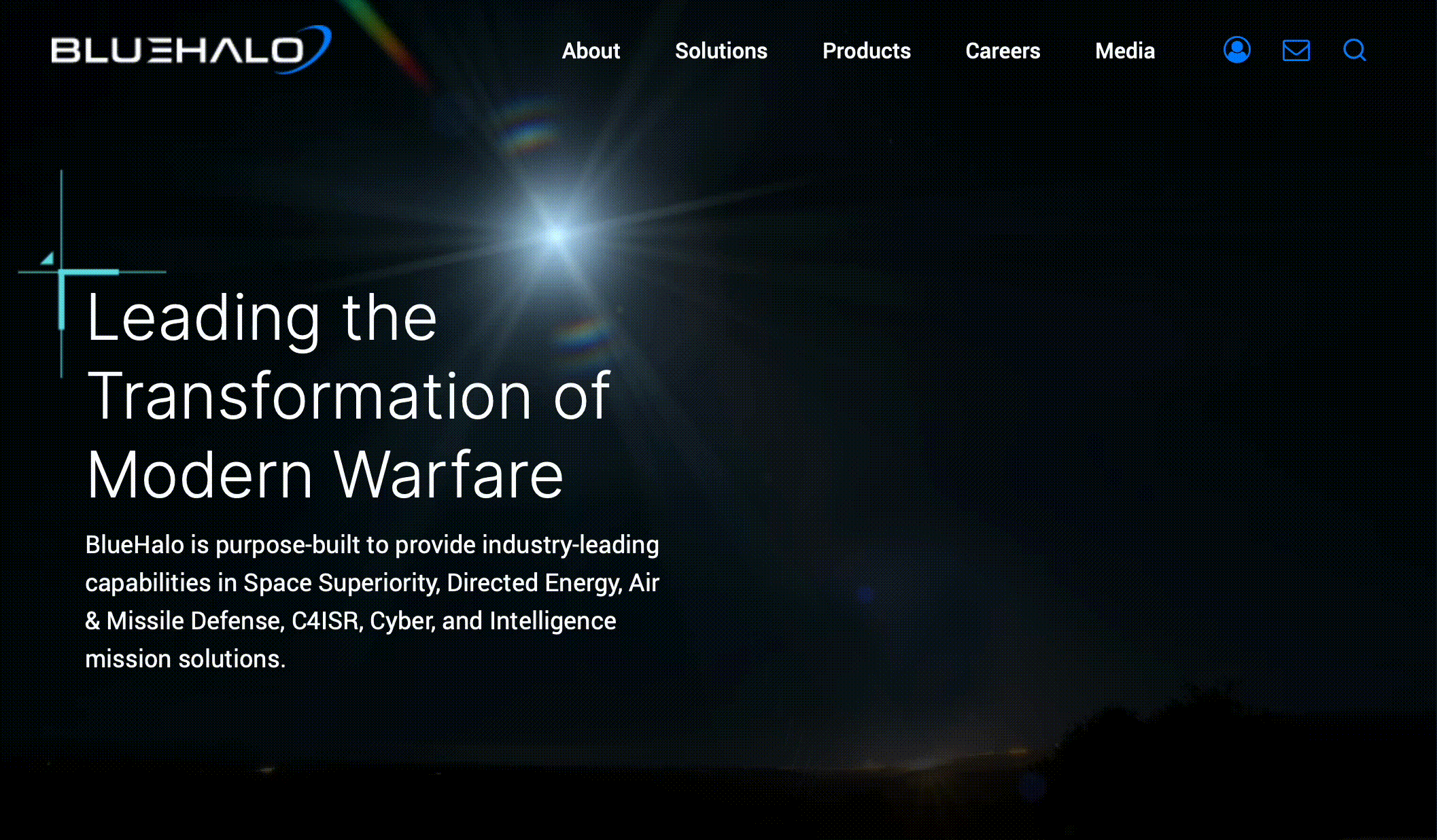
Why Marketing to the DoD Is Different
The Department of Defense is not just another vertical—it’s a culture with a complex procurement architecture, specialized language, and risk-averse mindsets. Common marketing missteps include:
- Using the wrong language. Civilian tech jargon often doesn’t resonate. Using terms like “zero trust,” “kill chain,” or “interoperability” (where appropriate) can make a difference.
- Leading with features, not mission relevance. DoD buyers need to see how your solution enhances warfighter readiness, improves situational awareness, or reduces lifecycle costs.
- Assuming access. Traditional digital channels don’t always reach .mil audiences due to firewall restrictions.
- Ignoring the influence network. Many decisions are made before a formal solicitation appears. If you’re not part of the early-stage conversation, you’re likely too late.
Creative Strategies to Break Through Bureaucracy
Marketing to the Pentagon requires more than brochures and trade show booths. Here are six tactics to earn attention where it counts:
1. Lead with Mission Impact Messaging
Replace “faster, better, cheaper” with language that speaks to capability gaps and operational outcomes. Emphasize how your solution supports Joint All-Domain Command and Control (JADC2), resilience, cybersecurity, or domain superiority.
2. Create Dual-Purpose Campaigns
Develop content that serves both education and enablement—think explainer videos that work on LinkedIn and in BD meetings, or solution briefs that double as handouts at AUSA or WEST.
3. Activate Trusted Voices
Nothing resonates like a peer or former insider. Partner with former flag officers, cleared consultants, or respected integrators who can validate your offering through blogs, speaking engagements, or earned media.
4. Deploy Account-Based Marketing (ABM)
DoD outreach isn’t one-size-fits-all. Create hyper-targeted campaigns focused on specific branches, program offices, or commands. Combine this with IP targeting or LinkedIn filters to reach the right desks.
5. Modernize the Demo Experience
Move beyond PowerPoints. Use immersive media—AR, VR, or 3D simulations—to bring your product to life. Even a digital twin or 3D walkthrough can help abstract capabilities click.
6. Map to Acquisition On-Ramps
Time your marketing to coincide with pre-RFI periods, BAA cycles, or SBIR solicitations. Educating stakeholders before the paperwork starts gives you an edge over competitors who wait for the RFP.
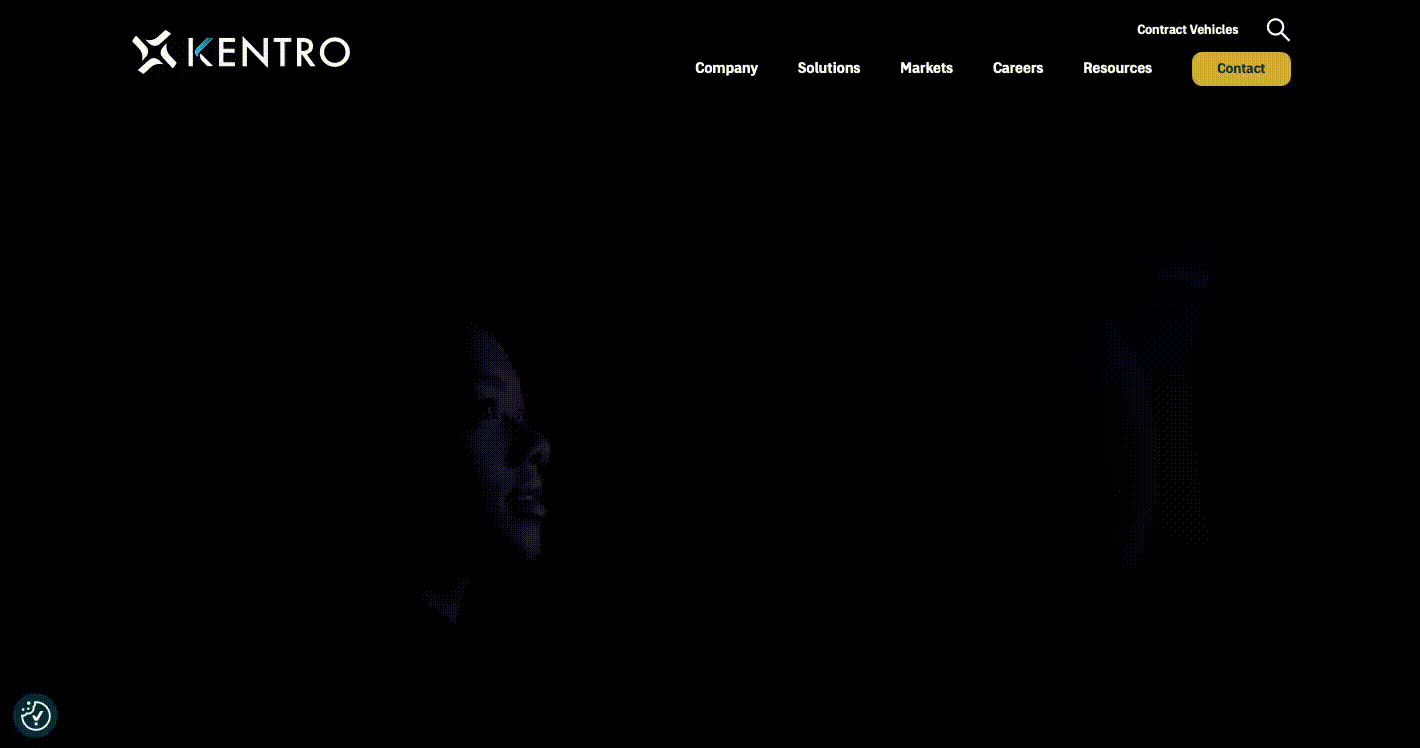
Where Bluetext Comes In
At Bluetext, we’ve helped some of the fastest-growing names in national security—like ManTech, BlueHalo, and Axient—cut through the noise with branding, campaigns, and digital experiences that get noticed and get funded. Following our strategic marketing efforts, these companies have seen increased visibility, improved stakeholder engagement, and in several cases, successful acquisition outcomes.
We’ve also partnered closely with Arlington Capital Partners and Sagewind Capital, helping portfolio companies position themselves effectively within the government ecosystem—from visuals and messaging to launch strategy and campaign execution.
We understand what it takes to make an impression inside the wire—and we deliver it.
Position Your Brand to Win the Next Mission
The most successful defense marketers know it’s not about selling—it’s about aligning. By mapping your message to mission needs, understanding the nuances of the federal buyer journey, and deploying creative strategies that cut through red tape, your brand can become not just known—but trusted.
Looking to elevate your marketing strategy for the defense space? Let’s talk about how Bluetext can help you win inside the DoD.
The generative AI revolution is well underway—and marketers are on the front lines. Since the introduction of GPT-powered tools like ChatGPT, marketers have rapidly integrated AI into everything from content creation and ideation to campaign execution and analytics.
But as adoption accelerates, a bigger question emerges: Are we using it well?
The opportunity is enormous—but so are the risks. Here’s what’s working today, where to tread carefully, and how to build a future-ready marketing stack in the age of GPT.
What GPT Is Changing About Marketing
At its core, GPT technology (short for Generative Pre-trained Transformer) allows marketers to generate human-like content at scale. This has unlocked new possibilities in:
- Content velocity – Faster creation of blogs, product descriptions, emails, and ad copy
- Personalization – Tailored messaging across segments and personas
- Ideation and brainstorming – Campaign themes, subject lines, even visual prompts
- Customer service and chat – AI-powered agents handling FAQs and low-complexity requests
- SEO and keyword strategy – Smart suggestions based on semantic patterns
It’s no longer a question of whether to use GPT—it’s a question of how to use it responsibly and strategically.

What’s Working Right Now
For many marketers, GPT is becoming a reliable sidekick. Use cases that are delivering real value today include:
- First-draft generation: Letting AI handle the heavy lift of a blank page—for blogs, emails, or social posts—so teams can focus on refinement and brand alignment.
- Summarization and transcription: Turning long-form webinars, internal briefings, or interviews into summaries, takeaways, and content assets.
- Creative brainstorming: Rapidly generating headline variations, campaign taglines, or concept ideas during early planning stages.
- Repetitive content tasks: Writing hundreds of meta descriptions or programmatically varying CTAs for different segments.
- Localized or segmented copy: Drafting region- or audience-specific variations of global campaigns faster than human teams could keep up.
What’s Risky or Overhyped
Despite the hype, GPT isn’t a plug-and-play replacement for marketers. Some areas require caution:
- Factual accuracy: GPT models don’t “know” things—they generate based on patterns. That leads to hallucinations and confidently wrong outputs, especially on niche or time-sensitive topics.
- Brand voice dilution: Without human oversight, GPT can produce copy that feels generic, off-brand, or even contradictory to your tone.
- Ethical and legal gray areas: Questions of disclosure (who wrote this?), authorship, and copyright are still evolving.
- SEO traps: Search engines are growing wary of AI-generated content that lacks originality or value, and duplicate content penalties may apply.
- Compliance and data sensitivity: Sensitive industries (healthcare, finance, government) must be vigilant about what information enters or exits AI platforms.
Marketers who treat GPT like an autopilot risk reputational and operational setbacks. It’s a tool, not a shortcut.

Building a Responsible AI Marketing Stack
To harness GPT effectively, organizations must adopt it deliberately, not reactively. That means establishing the right systems, standards, and safeguards.
1. Human-in-the-loop workflows
Every AI-generated asset should be reviewed, edited, and signed off by a human—especially in regulated or high-stakes environments.
2. AI content governance
Create prompt libraries, tone-of-voice rules, and QA checklists to ensure outputs meet brand and quality standards.
3. Secure tool selection
Favor GPT-powered platforms that offer enterprise-level data privacy, security compliance, and model transparency.
4. Defined use cases
Clearly outline where AI should and should not be used—such as ideation vs. thought leadership, internal drafts vs. public statements.
5. Team training
Equip marketers with prompt-writing best practices and guidance for effectively integrating AI into their workflows.
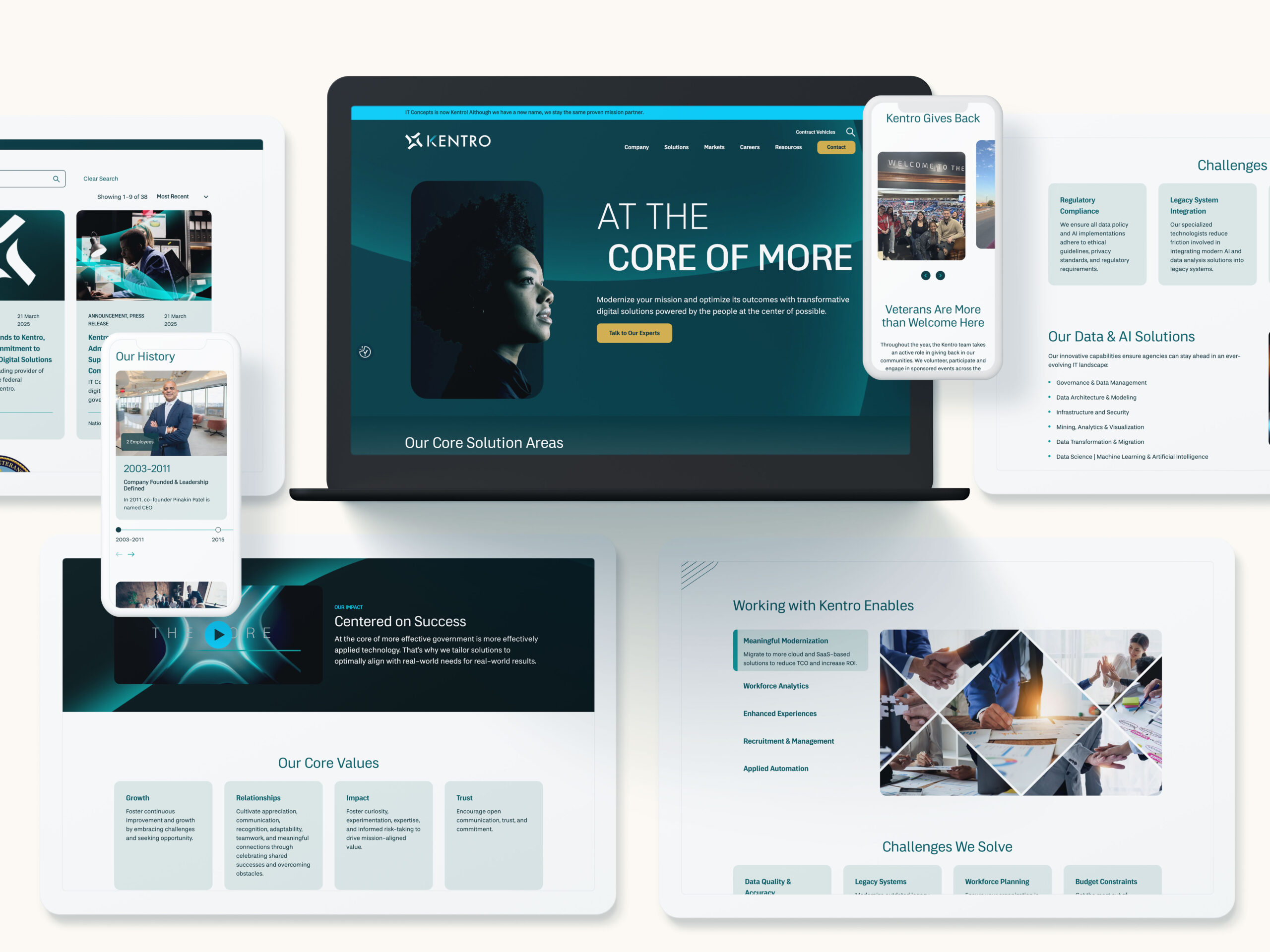
What’s Next: The Future of AI in Marketing
GPT is only the beginning. What’s coming next will expand what marketing teams can do:
- Real-time content adaptation: AI-generated content that evolves live based on user behavior, location, or engagement level.
- Multimodal experiences: Combined text, image, and video generation to streamline asset creation across channels.
- Deeper CRM integration: AI powering more personalized nurture flows and content recommendations within marketing automation platforms.
- Strategic co-pilots: AI tools that help marketers analyze performance data, suggest optimizations, and even A/B test content on the fly.
In short: GPT will go from content creator to campaign collaborator.
Ready to Build an AI-Enhanced Marketing Machine?
Bluetext helps brands responsibly scale generative AI across their marketing ecosystem—bringing speed and creativity without sacrificing strategy, quality, or control. Whether you’re building GPT into your content engine, brand voice, or marketing automation stack, we’ll help you do it right.
Contact us to develop an AI roadmap that enhances your brand, streamlines your campaigns, and sets you up for the next frontier.
As brands expand their reach across borders, the challenge isn’t just going global—it’s staying cohesive while doing it. Because international growth doesn’t mean one-size-fits-all messaging. It means speaking directly to diverse audiences, in different languages, across different cultures—without losing what makes your brand recognizable.
The trick? Localization at scale: building systems that flex for regional nuance without fracturing your brand.
The Risks of Going Global Without a Strategy
We’ve seen it happen—fast-growing companies push into new regions, and suddenly their brand looks and feels different everywhere. The French website has a different tagline. The German social campaign uses off-brand colors. The APAC product sheet calls the same feature by a completely different name.
Without a defined localization strategy, global marketing becomes a game of telephone—with inconsistent messaging, diluted visuals, and confused customers.
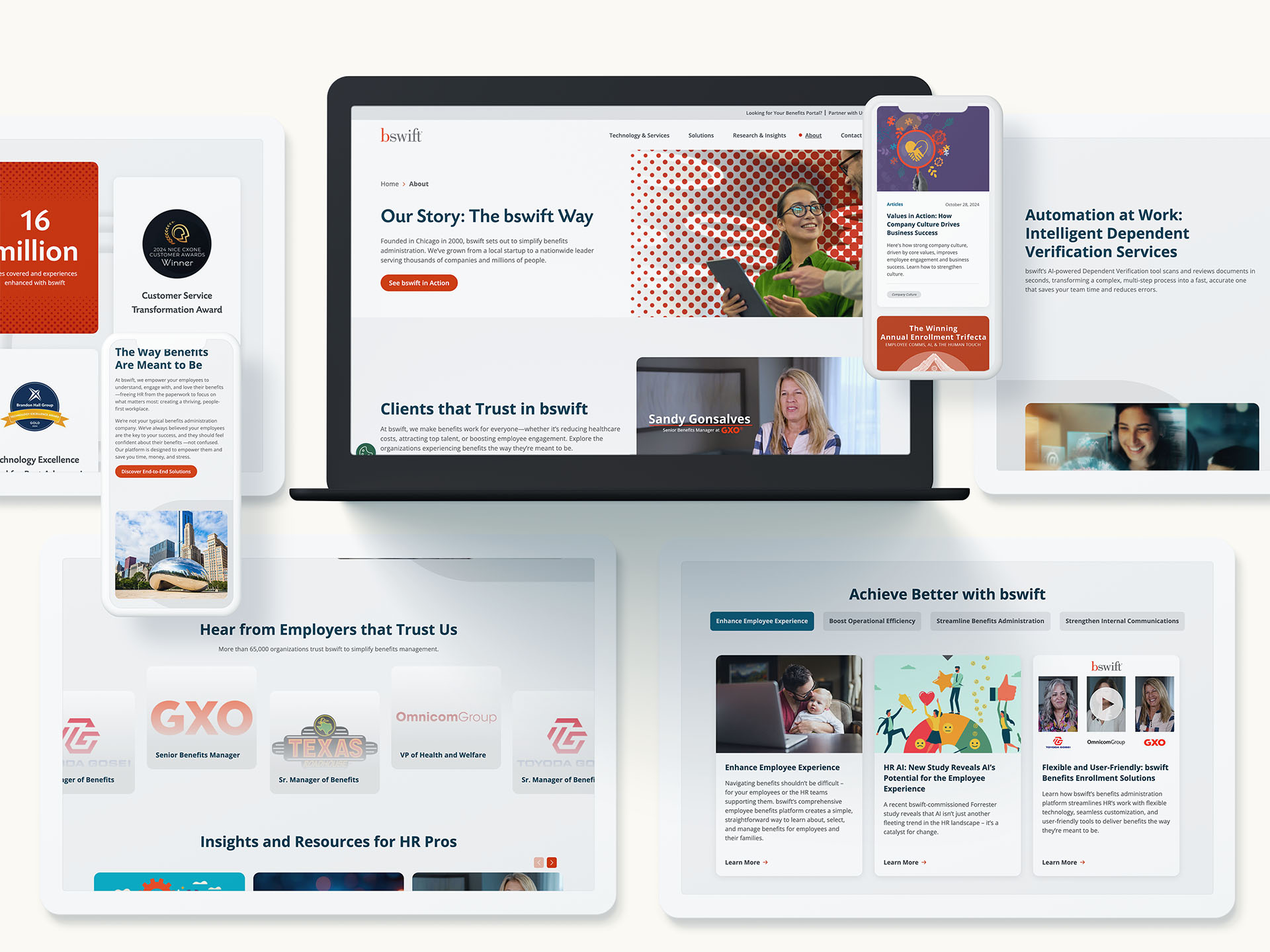
The Brand Consistency Challenge
Brand consistency is about more than logos and fonts. It’s about:
- Unified messaging pillars
- A shared tone of voice
- Consistent product naming conventions
- Visuals that reinforce brand DNA across all platforms
But this consistency gets complicated fast when:
- Teams in different regions are working in silos
- Local agencies interpret branding through their own lens
- Translation is treated as a final step, not a foundational consideration
In short, global expansion without a system invites fragmentation.
A Framework for Scalable Localization
To scale localization without losing control, brands need a structured but flexible framework. Here’s how leading companies do it:
1. Centralized Brand Guidelines, with Built-In Flexibility
Develop a global brand system that clearly defines:
- Core identity elements (logo usage, typography, color palettes)
- Voice and tone rules
- Messaging frameworks and brand pillars
But don’t stop there—include examples of how these can adapt for cultural relevance in local markets.
2. Establish Global vs. Local Ownership
Clarify what’s owned centrally (like key messaging, product naming, or logo integrity) versus what can be modified regionally (like calls to action, visuals, or campaign headlines). This helps local teams move fast without violating global standards.
3. Build a Cross-Functional Governance Model
Set up a process where brand, regional marketing, and localization teams can collaborate, review creative, and ensure alignment across launches.

Cultural Relevance Is More Than Translation
Successful localization goes beyond language. It requires cultural fluency—understanding what resonates with each audience.
Consider:
- Adjusting tone and formality for regional expectations
- Rewriting—not just translating—taglines, CTAs, or value propositions
- Avoiding idioms, humor, or visuals that don’t translate across borders
The goal isn’t to replicate. It’s to reinterpret—in a way that maintains the core idea while landing more effectively in-market.
Creative + Operational Best Practices
Localization at scale requires both process and creativity. Here’s how to support both:
- Design reusable creative systems: Create modular templates for web, email, paid media, and social assets that local teams can customize within guardrails.
- Use a global content management system (CMS): A CMS that supports multi-language site versions helps centralize oversight while enabling regional flexibility.
- Invest in a DAM and translation management system (TMS): Organize brand assets and enable consistent translations that are version-controlled, searchable, and easily distributed.
- Train your teams: Provide onboarding and ongoing brand training for regional marketers, translators, and agency partners.
- Monitor and optimize: Use analytics to assess how localized content performed by region—and feed insights back into your system.

The Payoff: A Brand That Travels Well
When you balance consistency with cultural nuance, your brand becomes:
- More trustworthy – Familiarity builds credibility.
- More relatable – Regional teams feel empowered to connect with local audiences.
- More agile – Launches become faster and more repeatable, with fewer missteps.
It’s not just about protecting your brand—it’s about amplifying it across every market you touch.
Need a Global Brand That Feels Local Everywhere?
Bluetext helps brands develop scalable localization strategies that maintain identity while enabling adaptation. From building global campaign toolkits to implementing multi-language websites and brand governance systems, we help you stay consistent—without being rigid.
Contact us to learn how we can help your brand speak the local language, at scale.